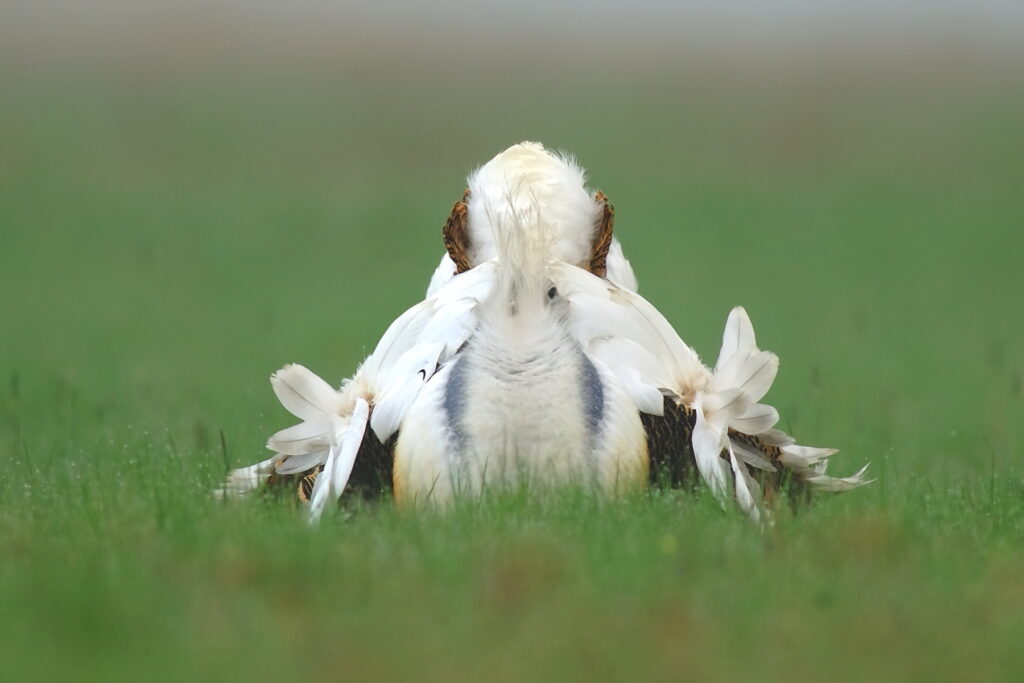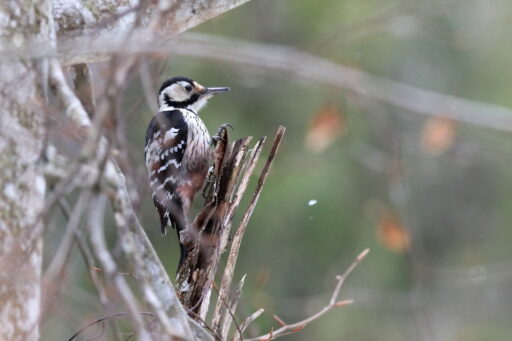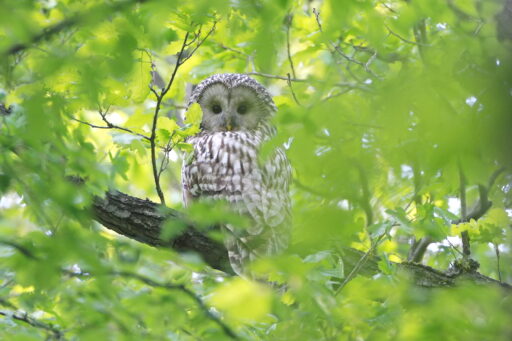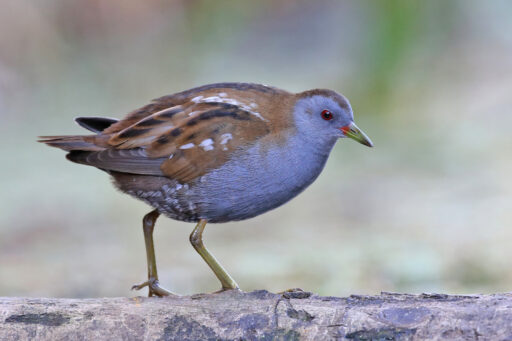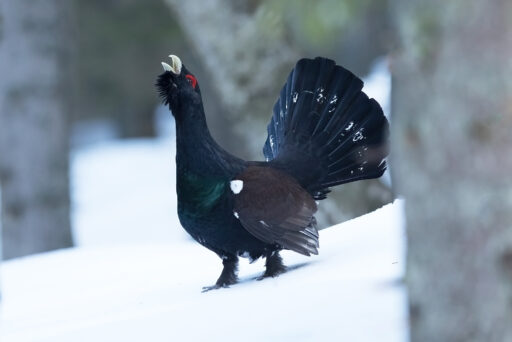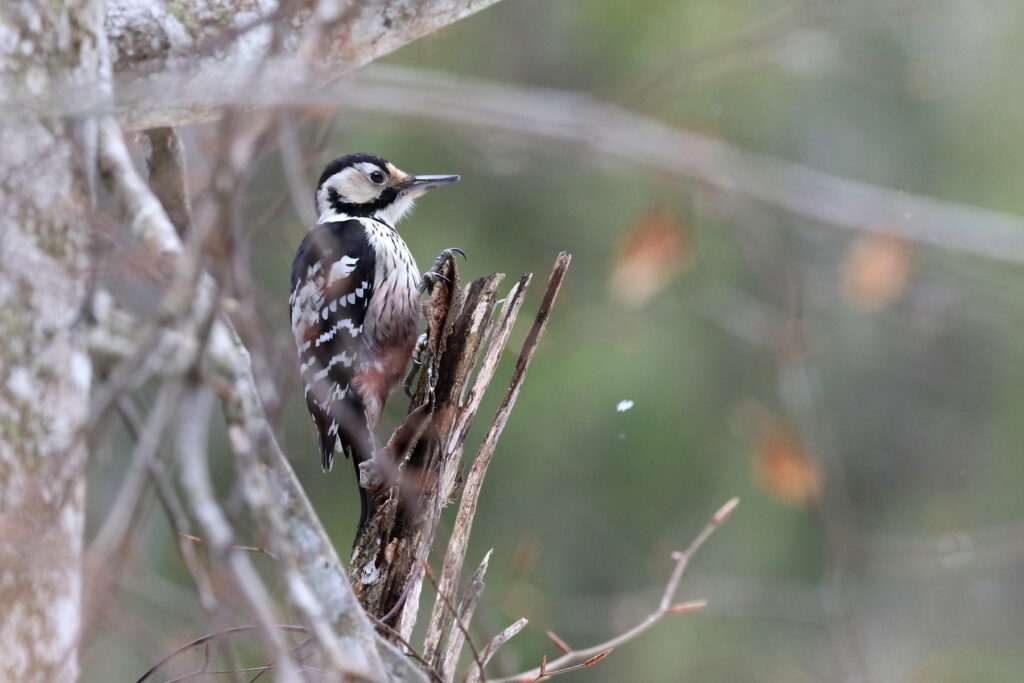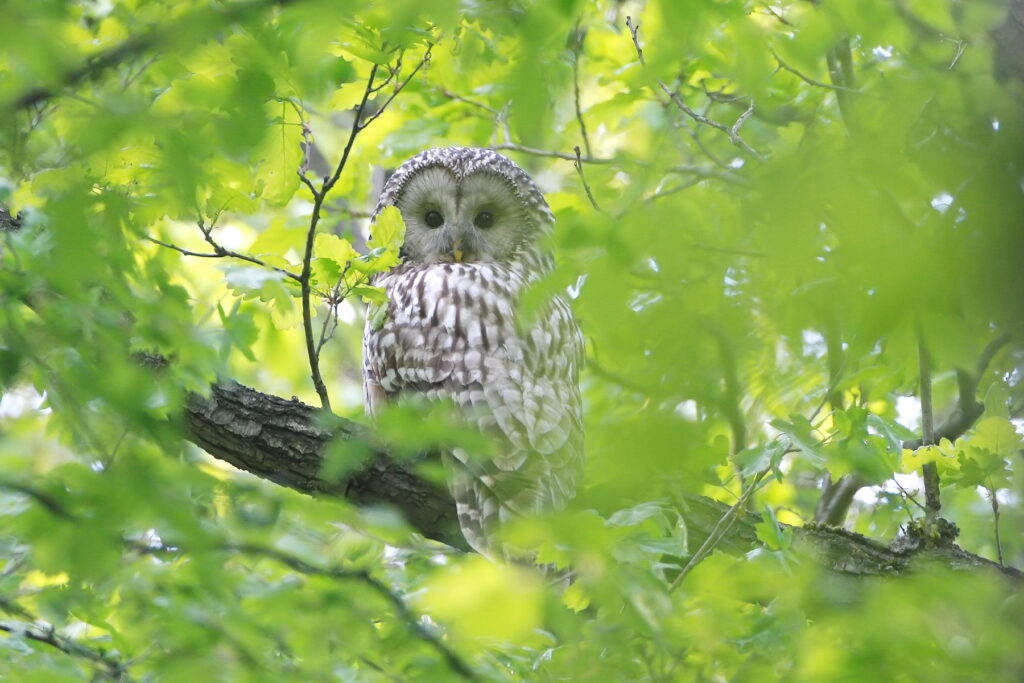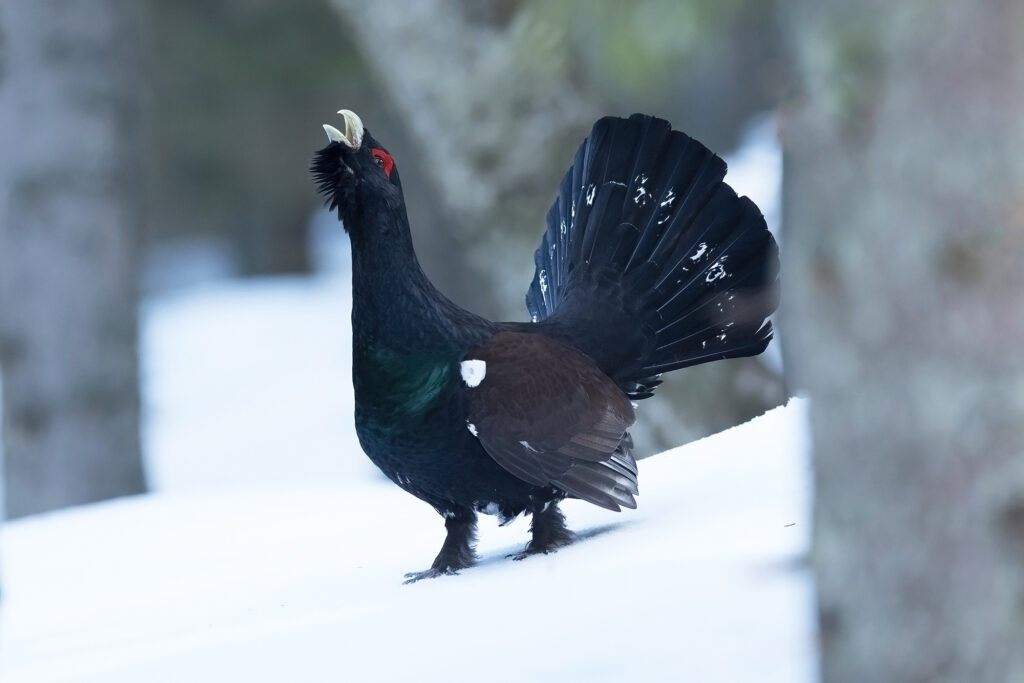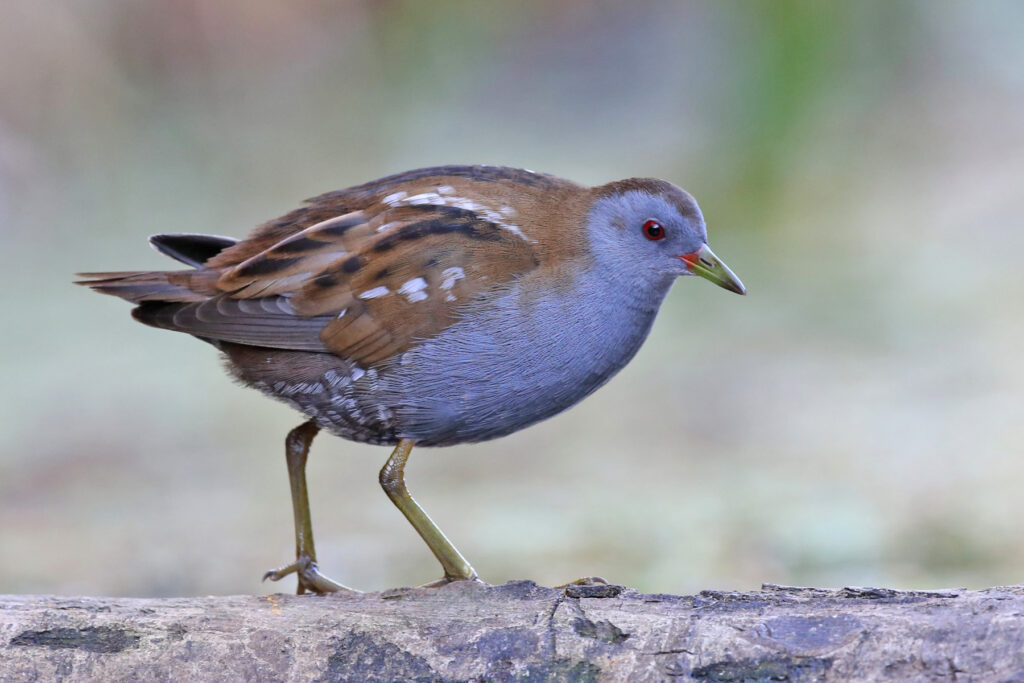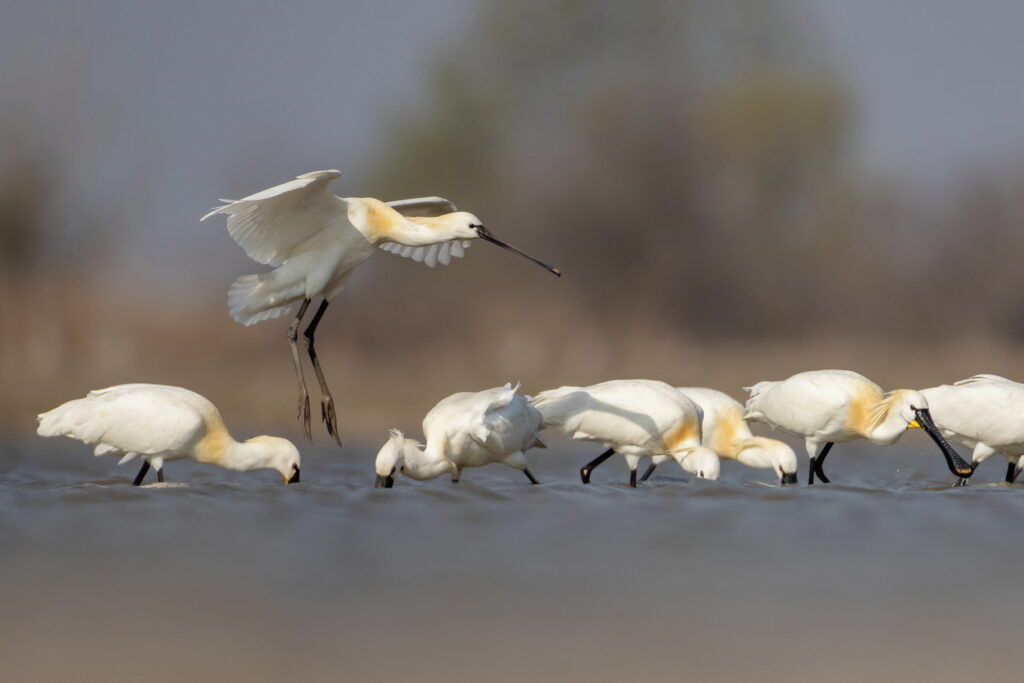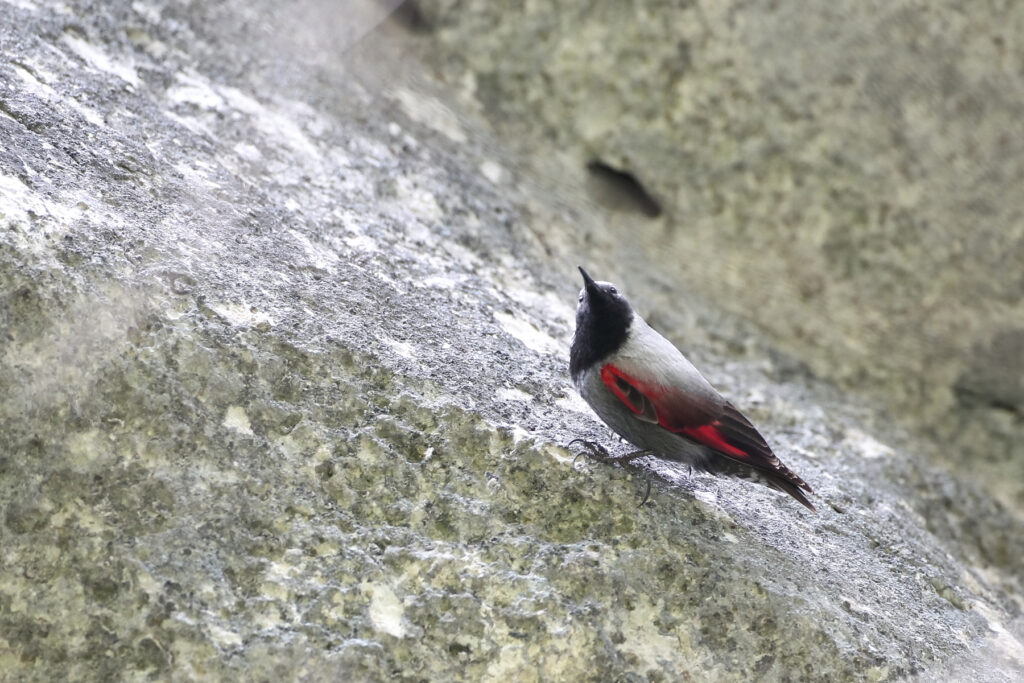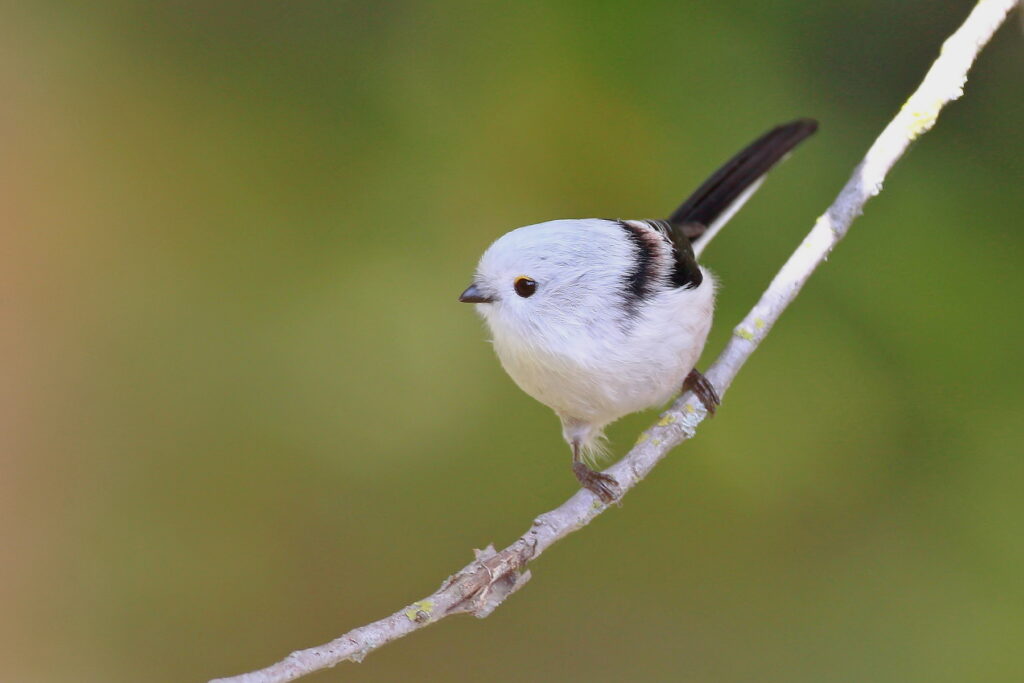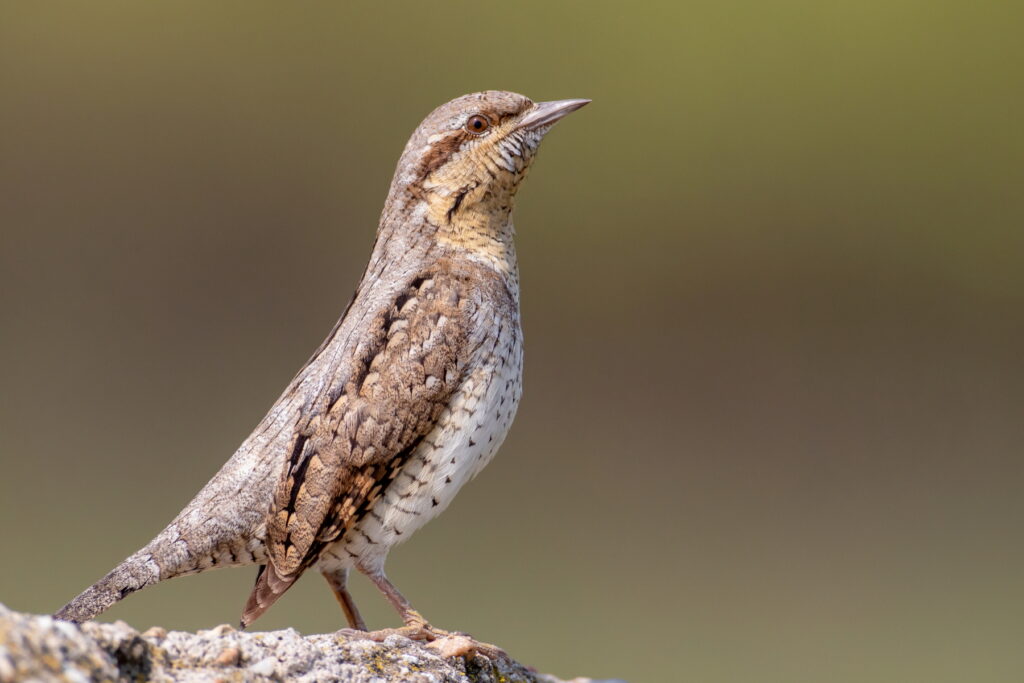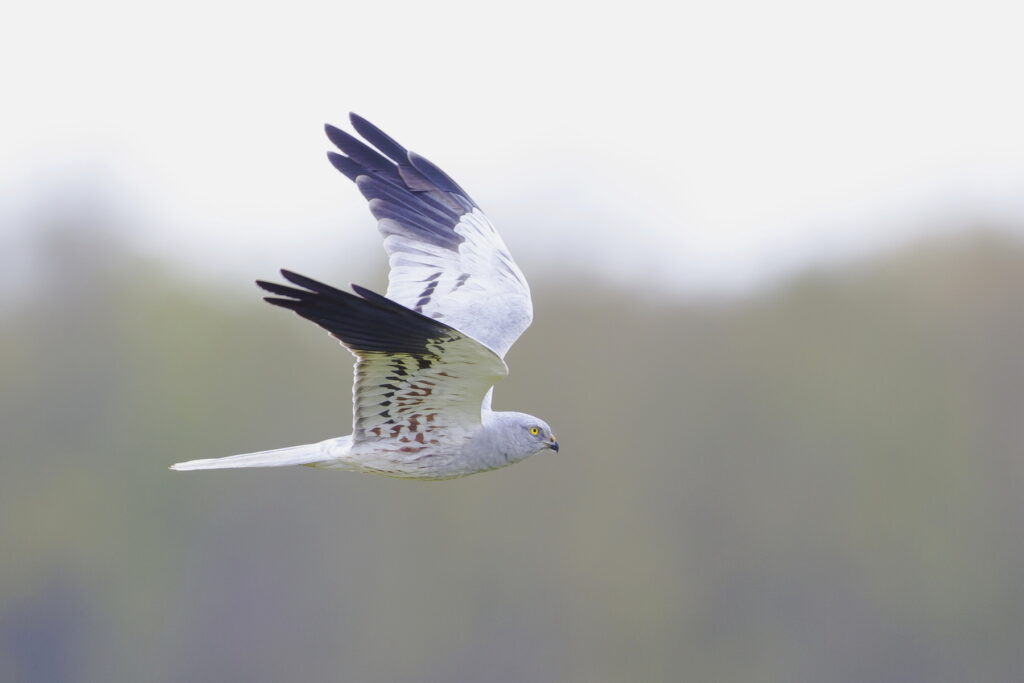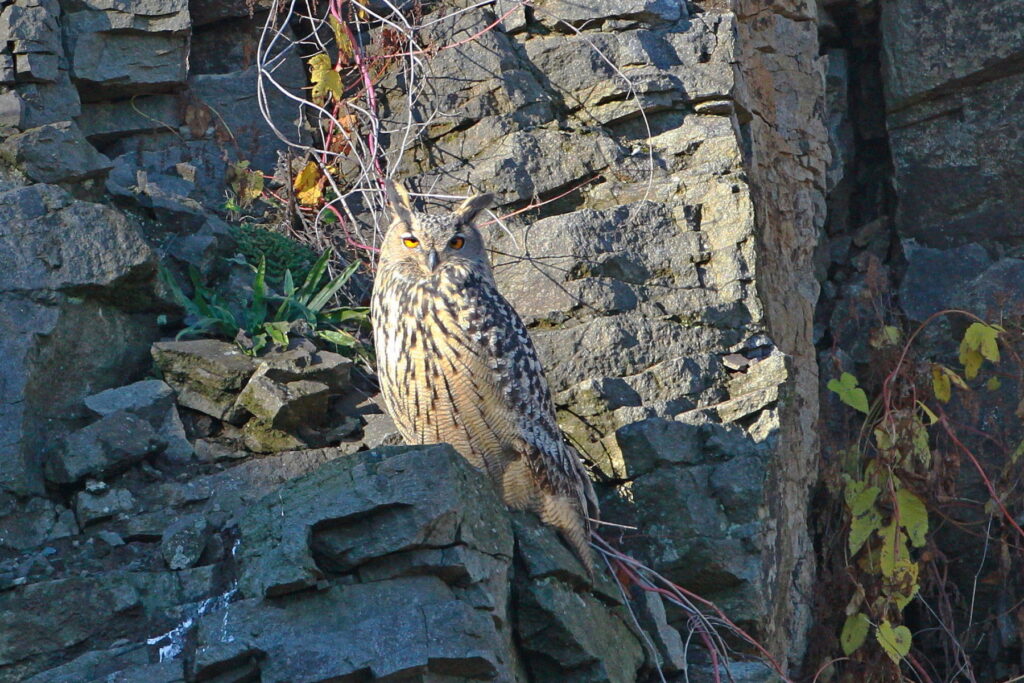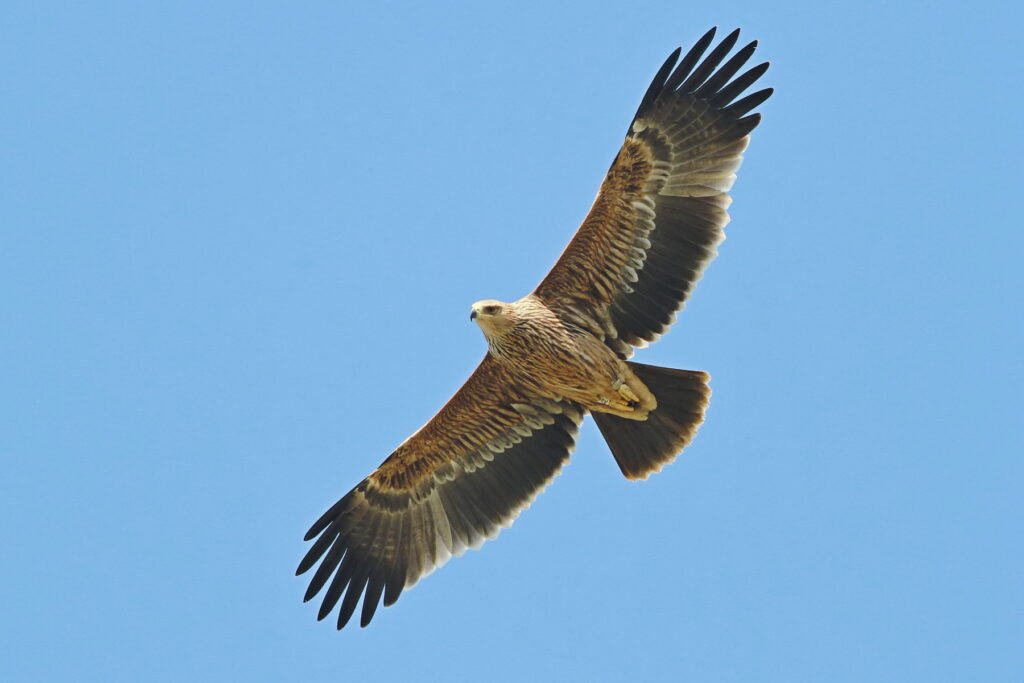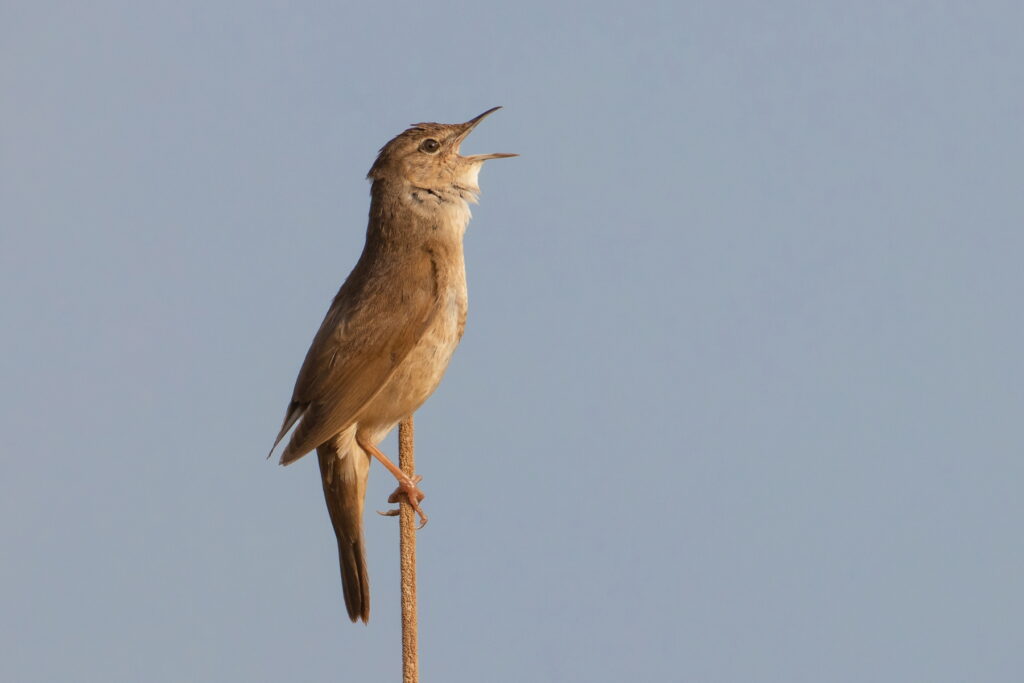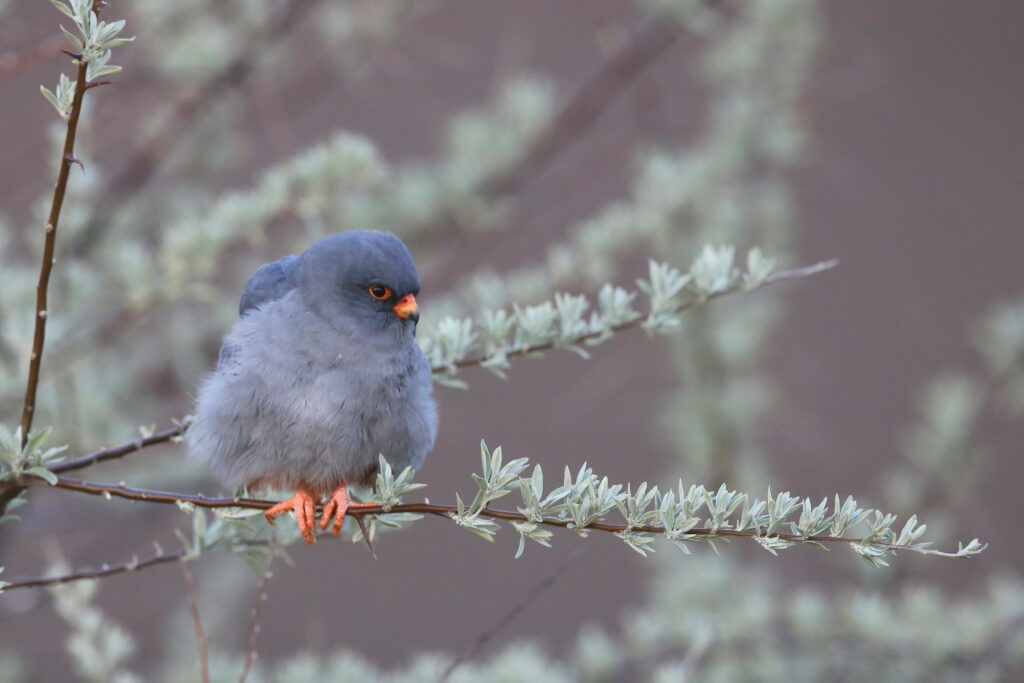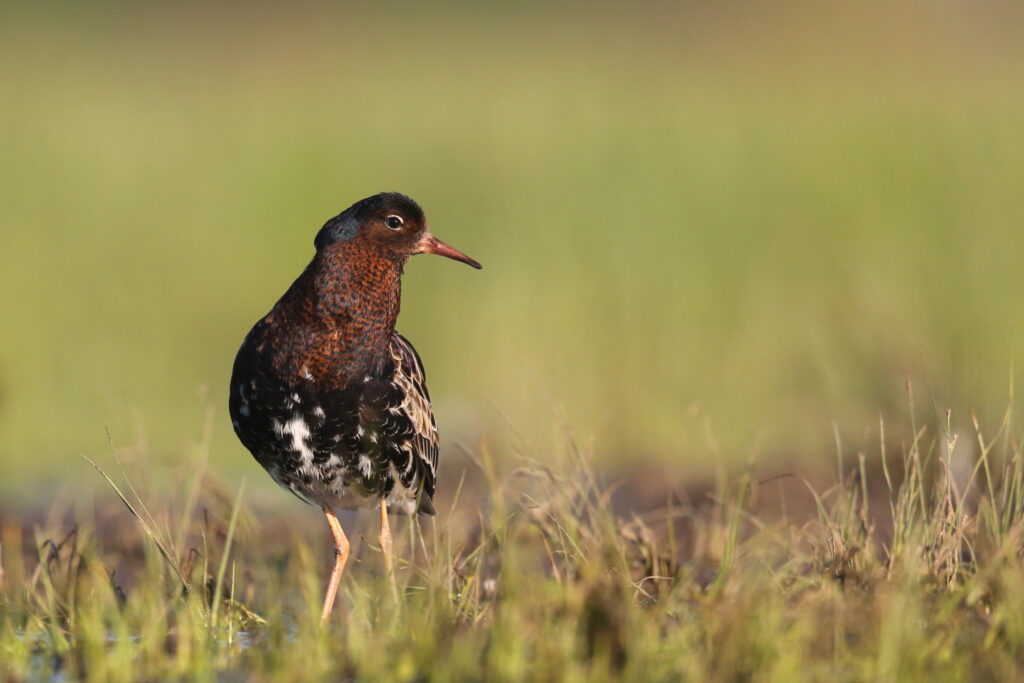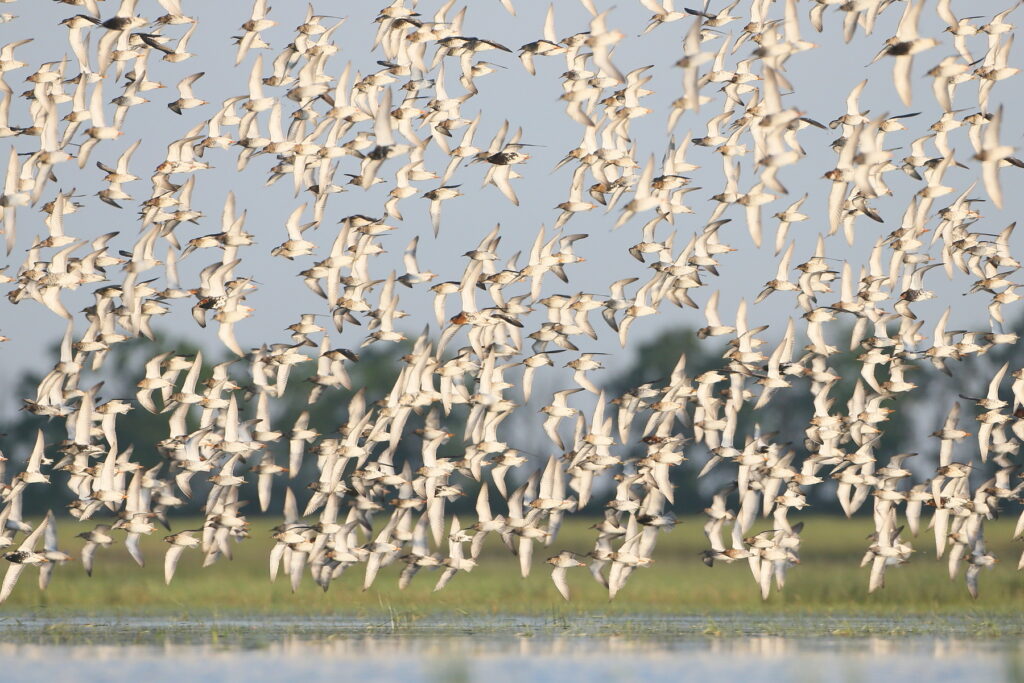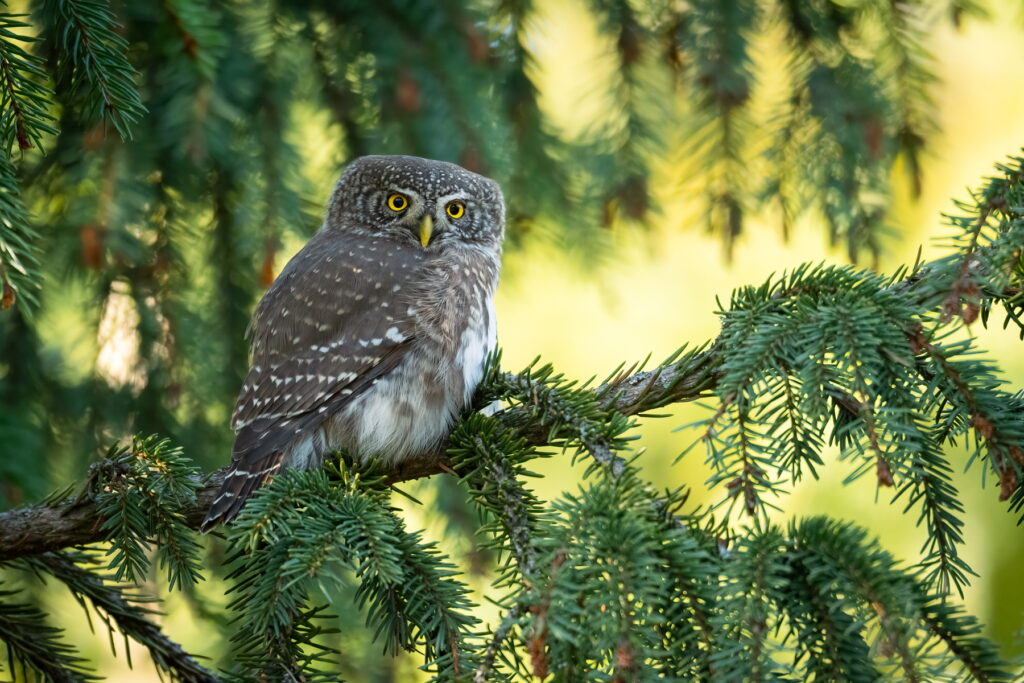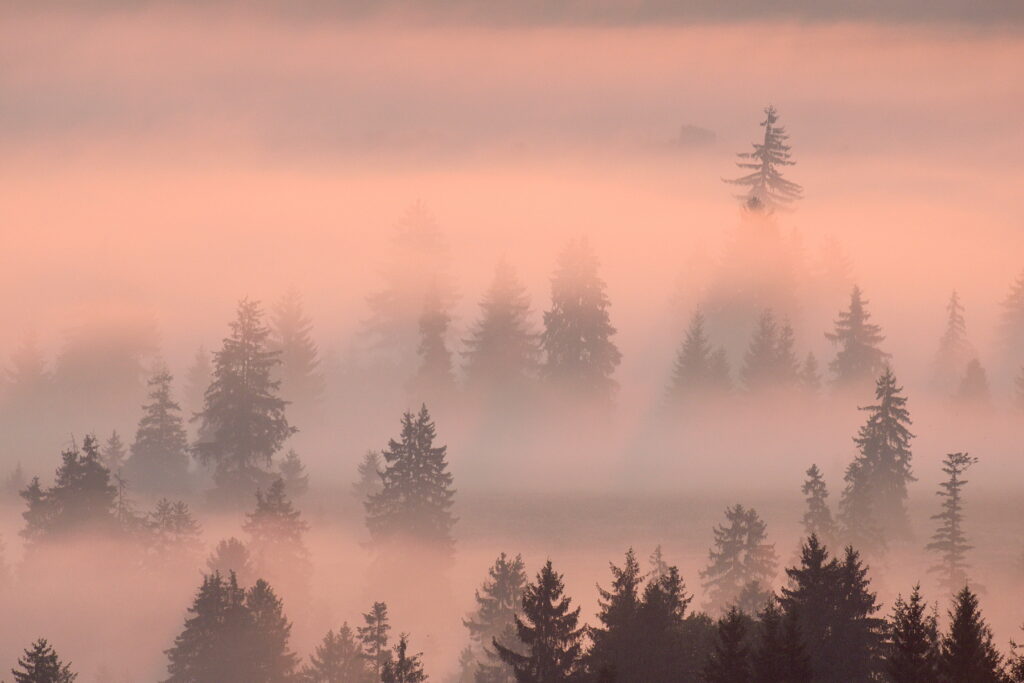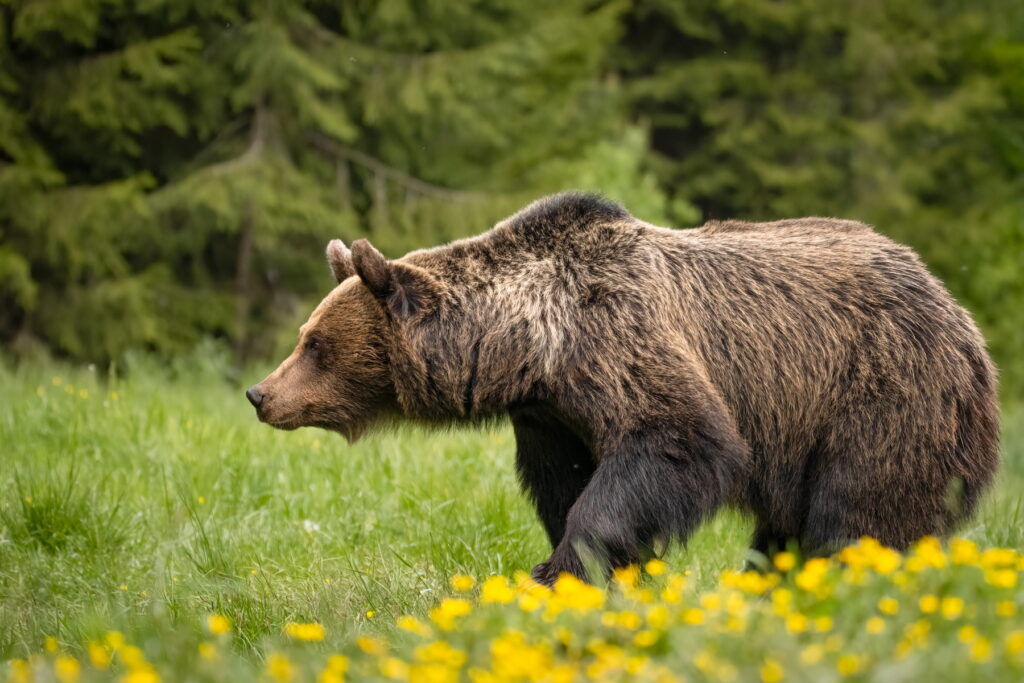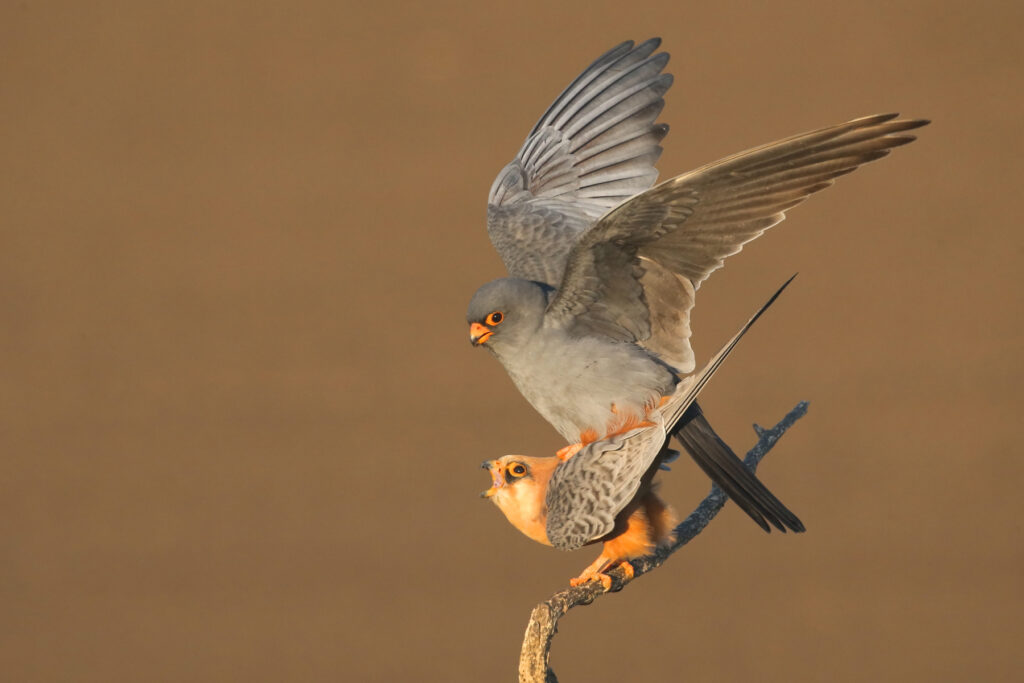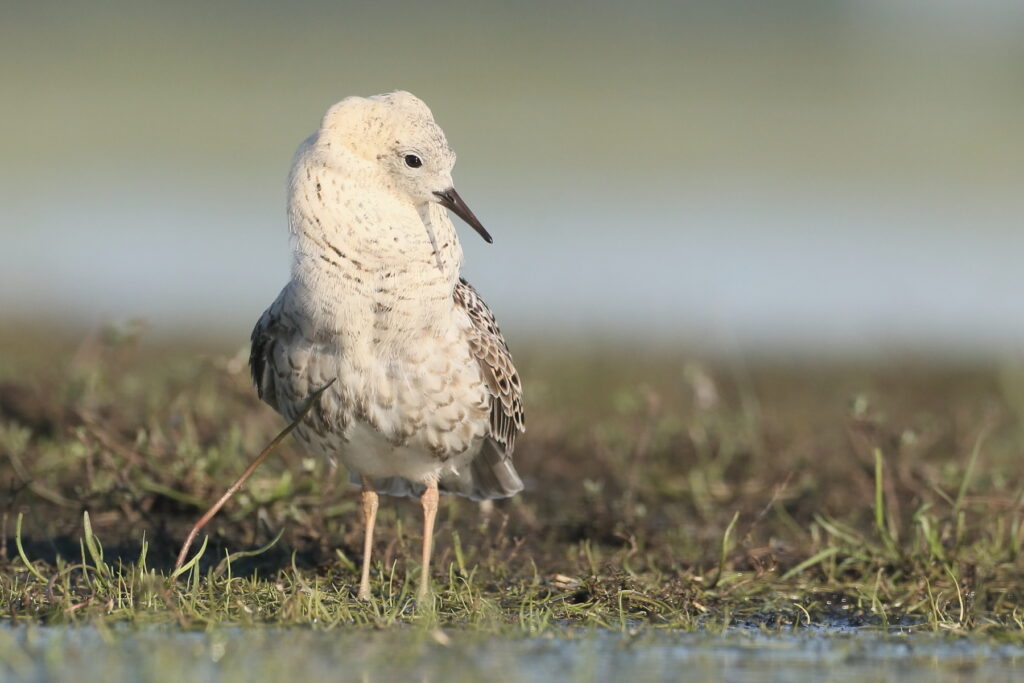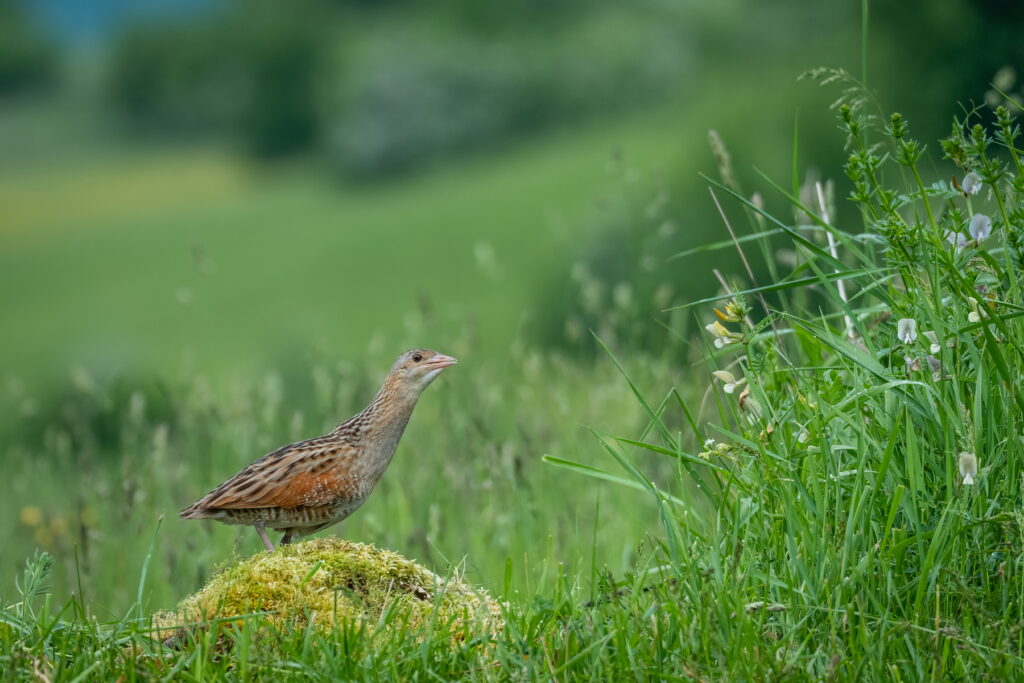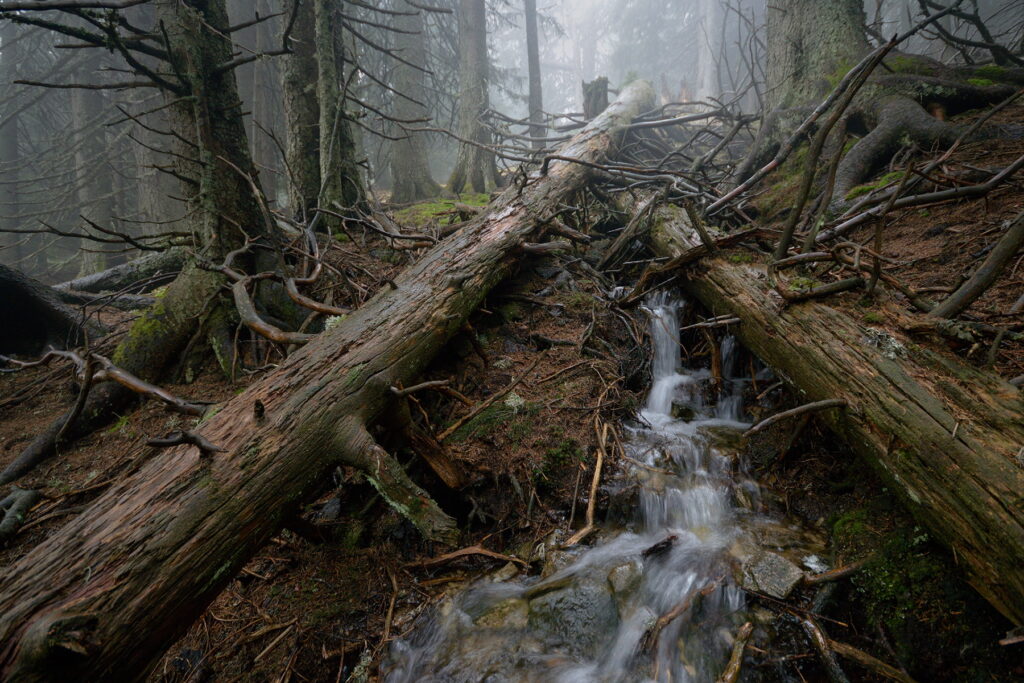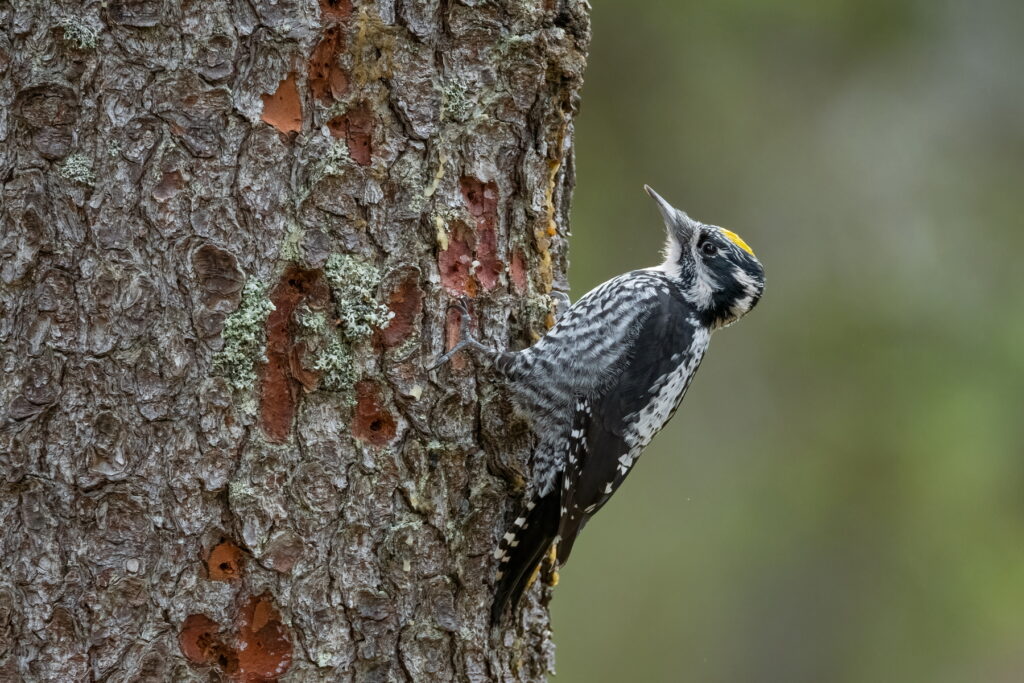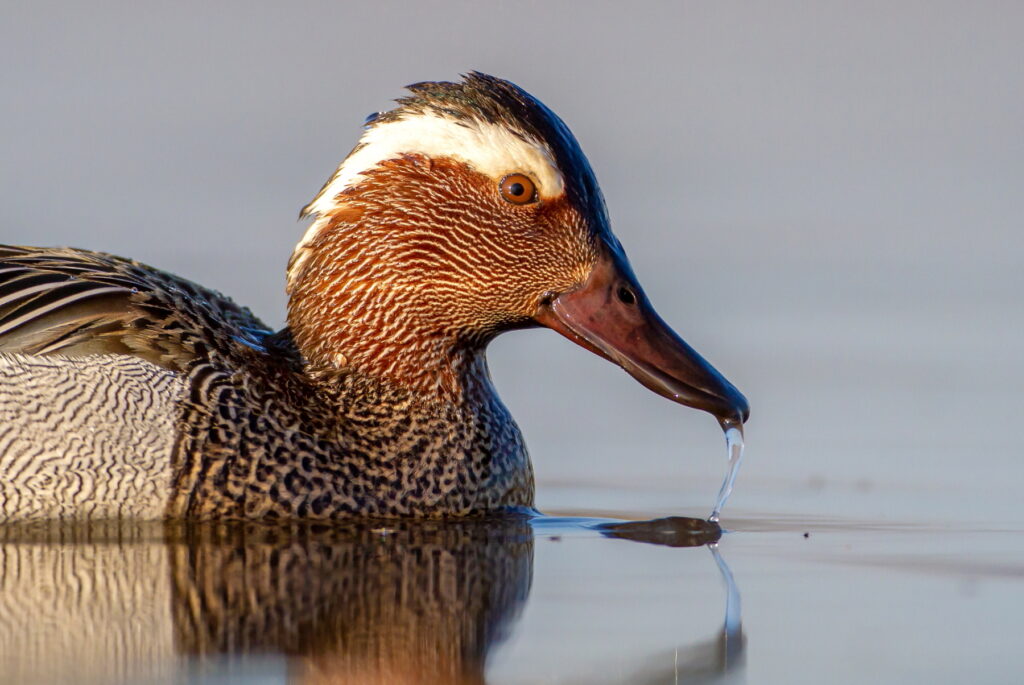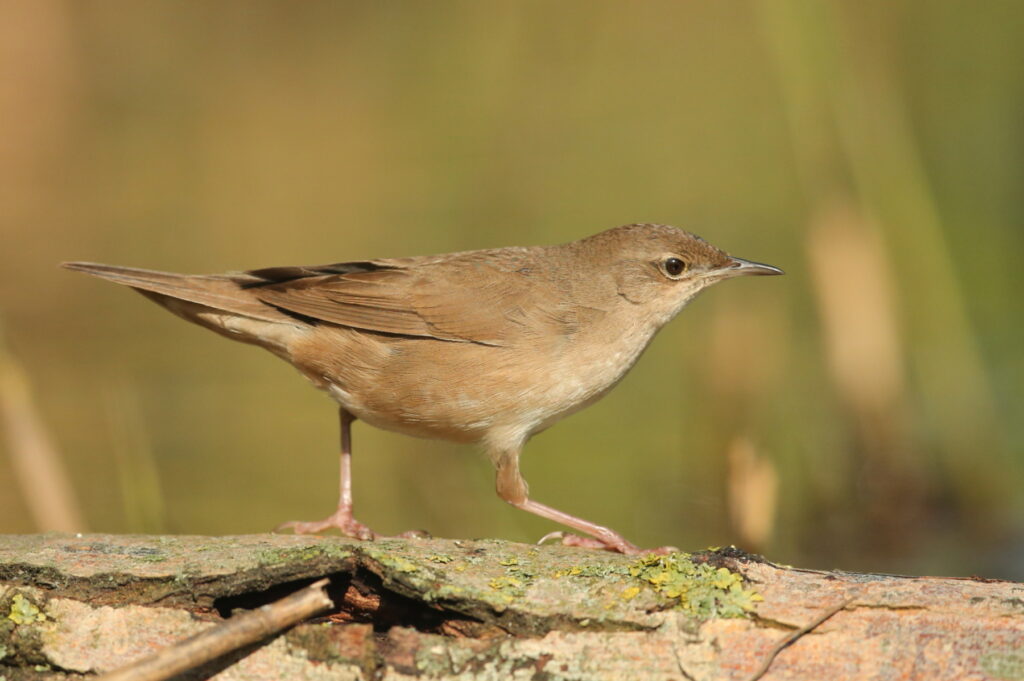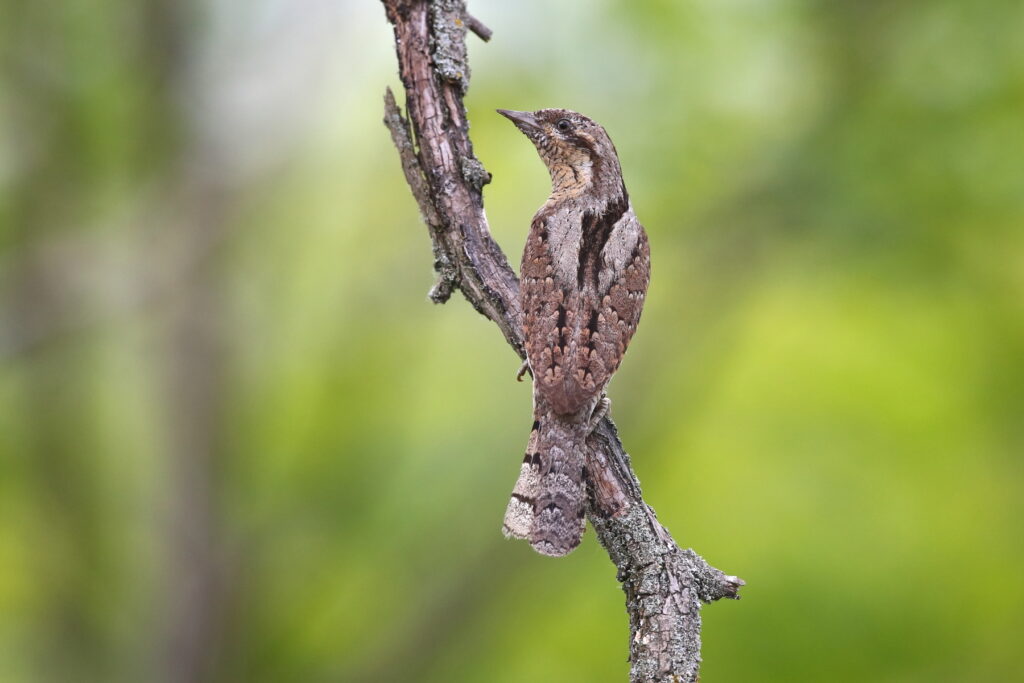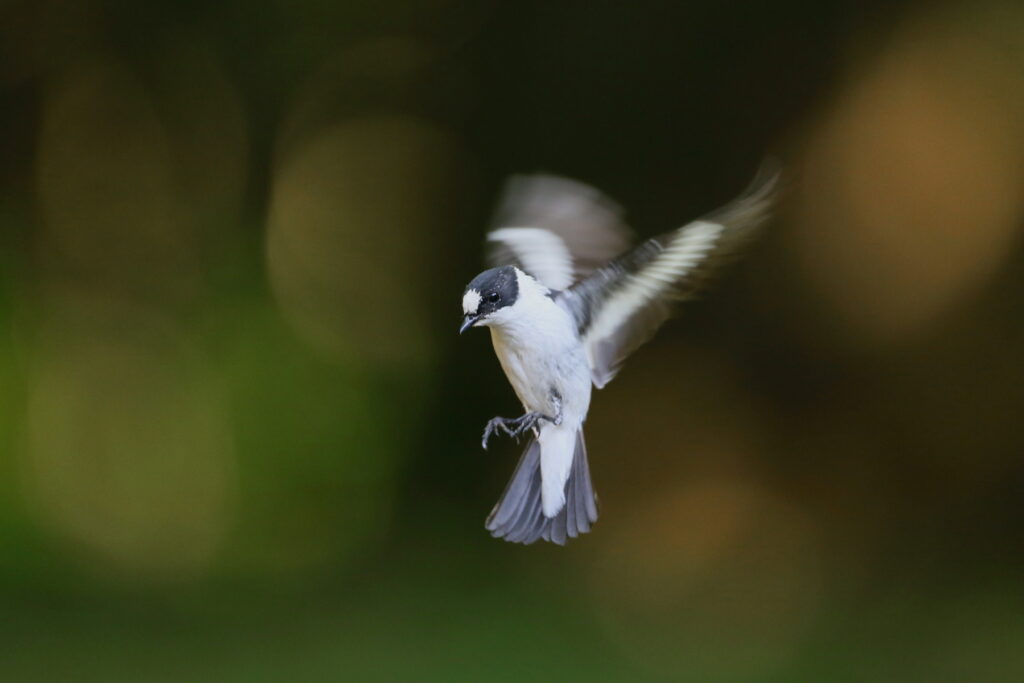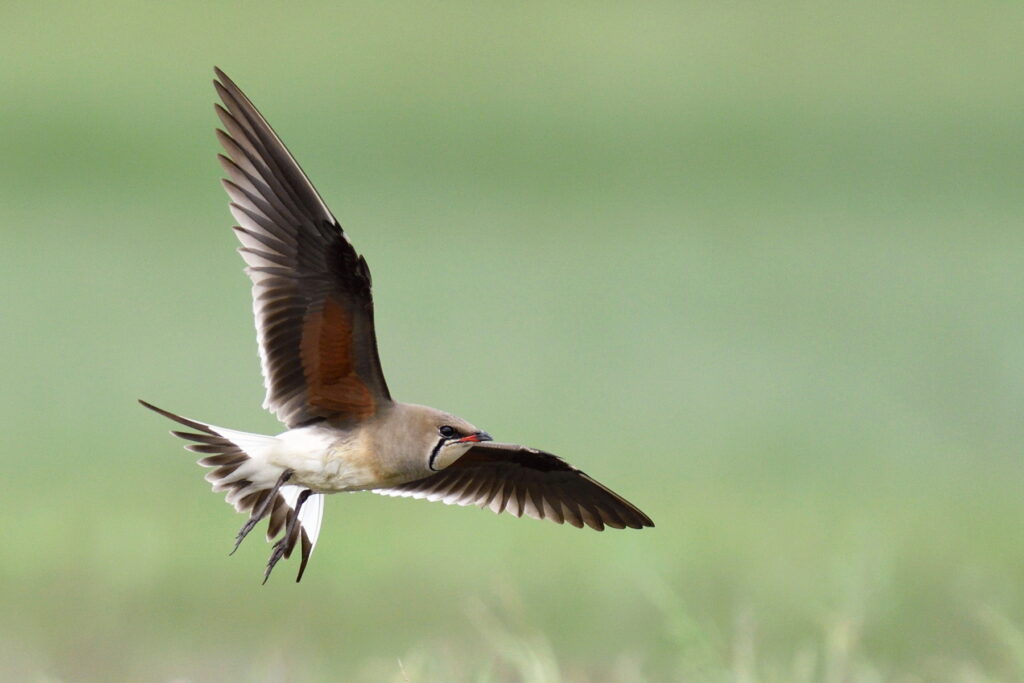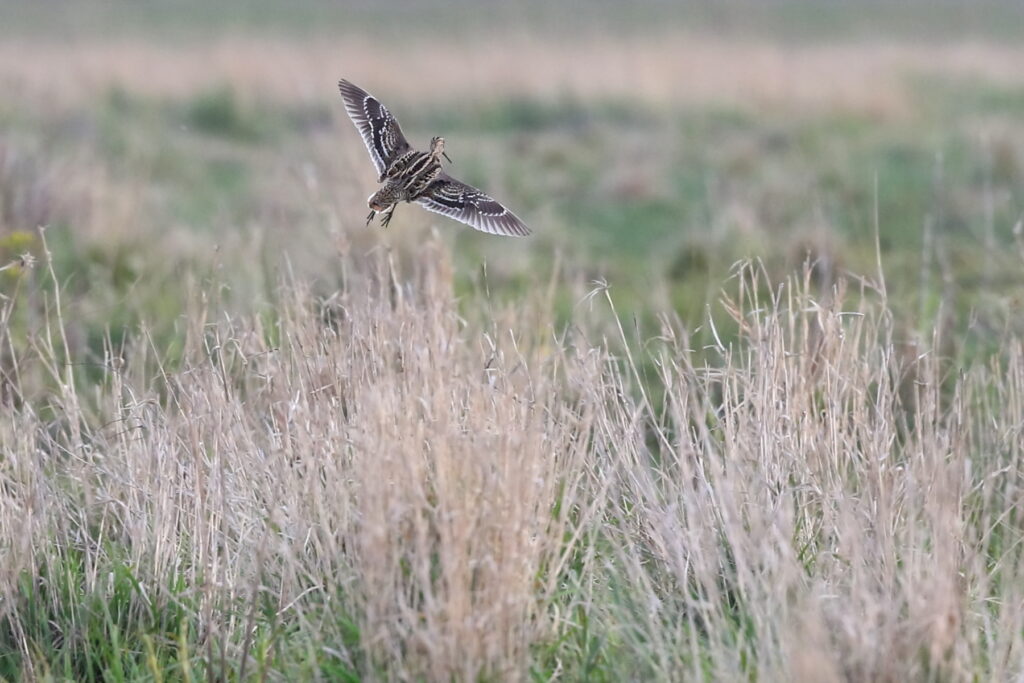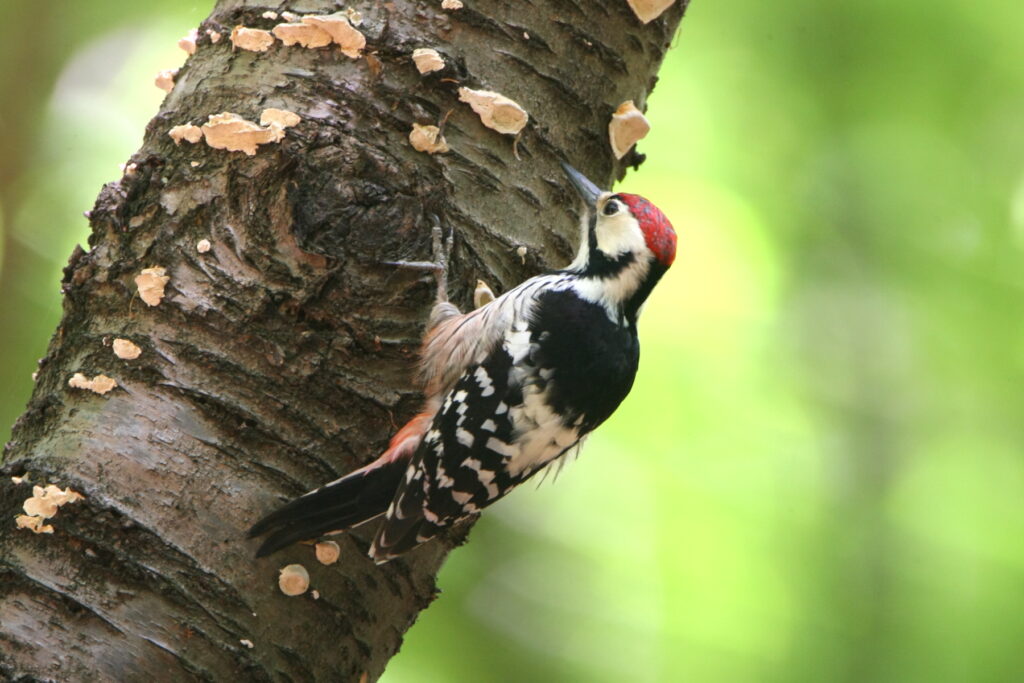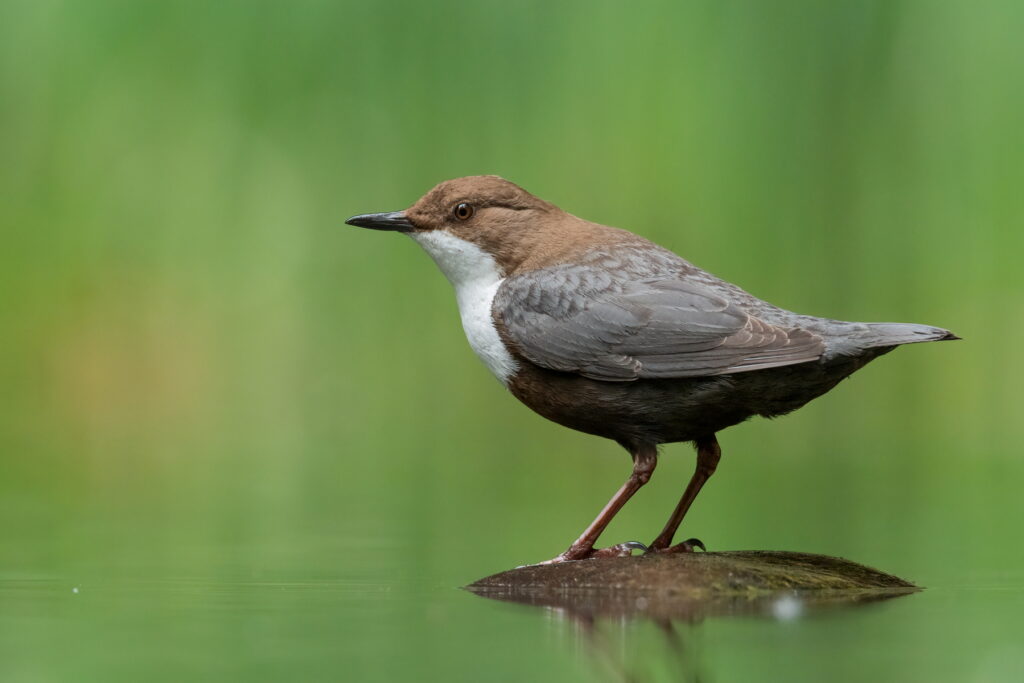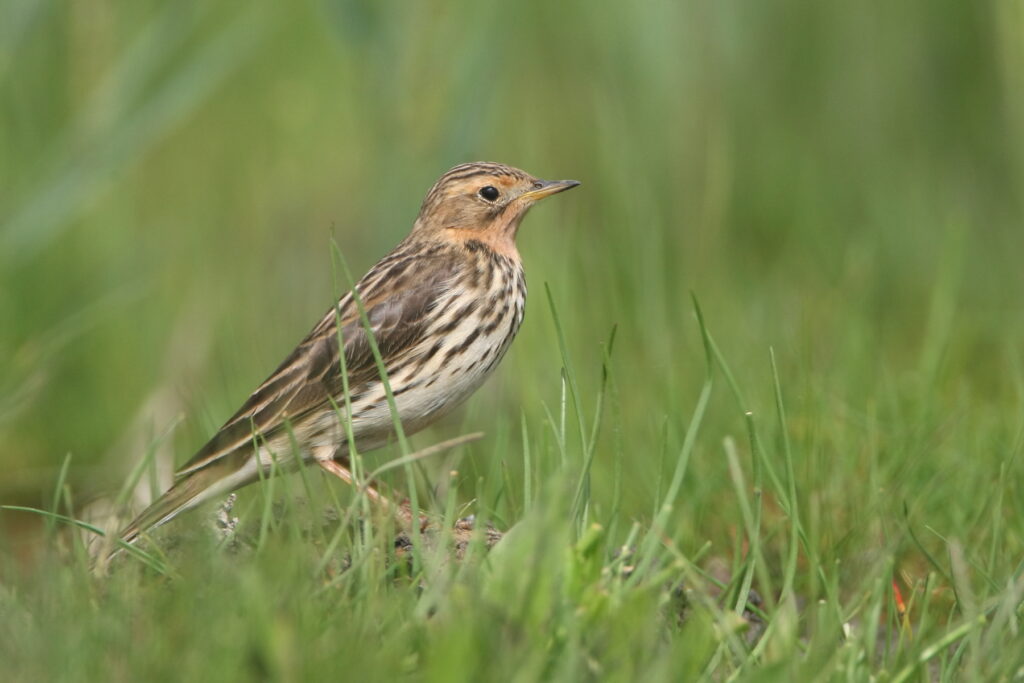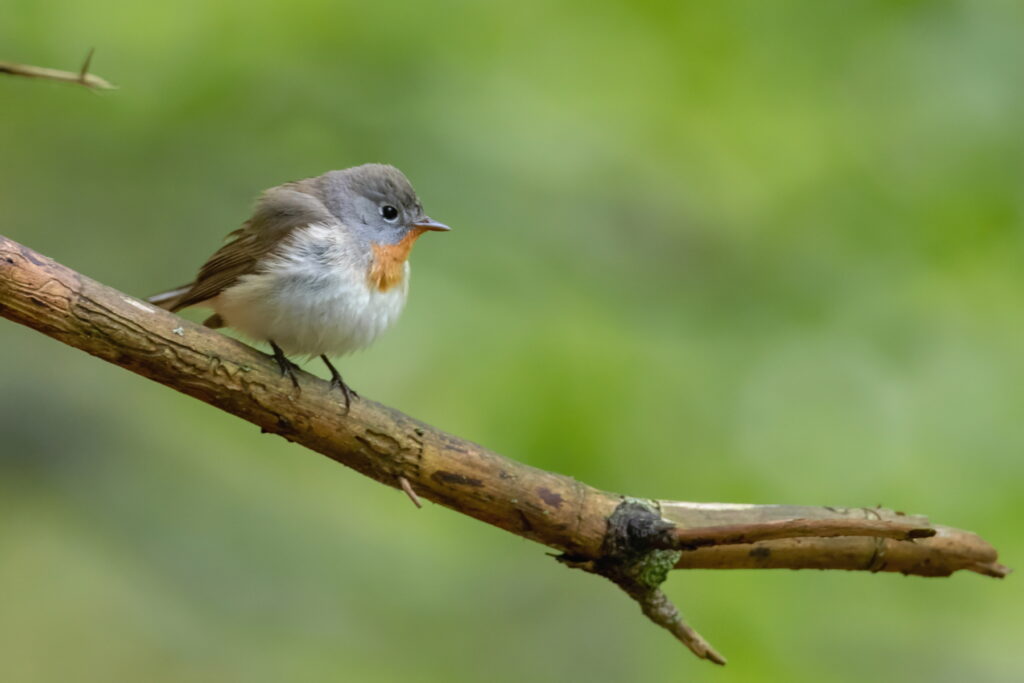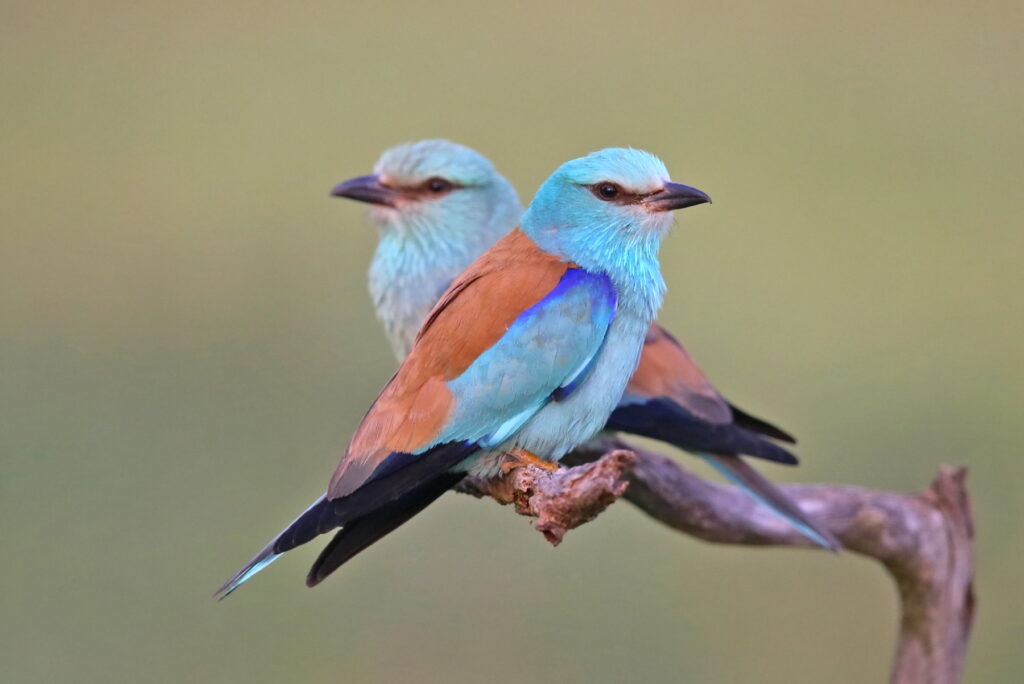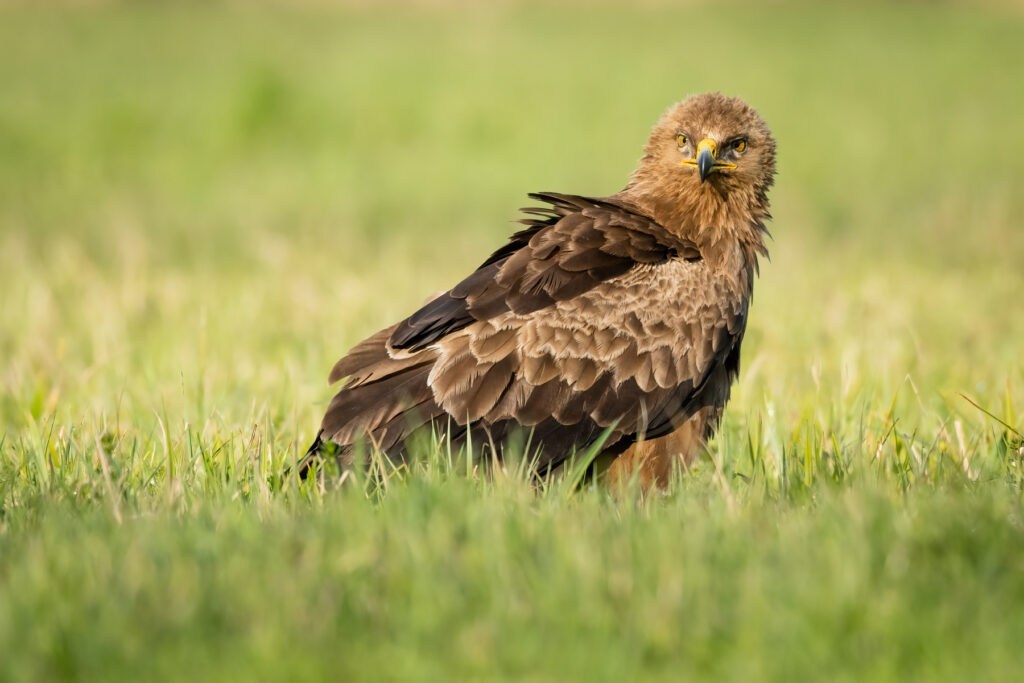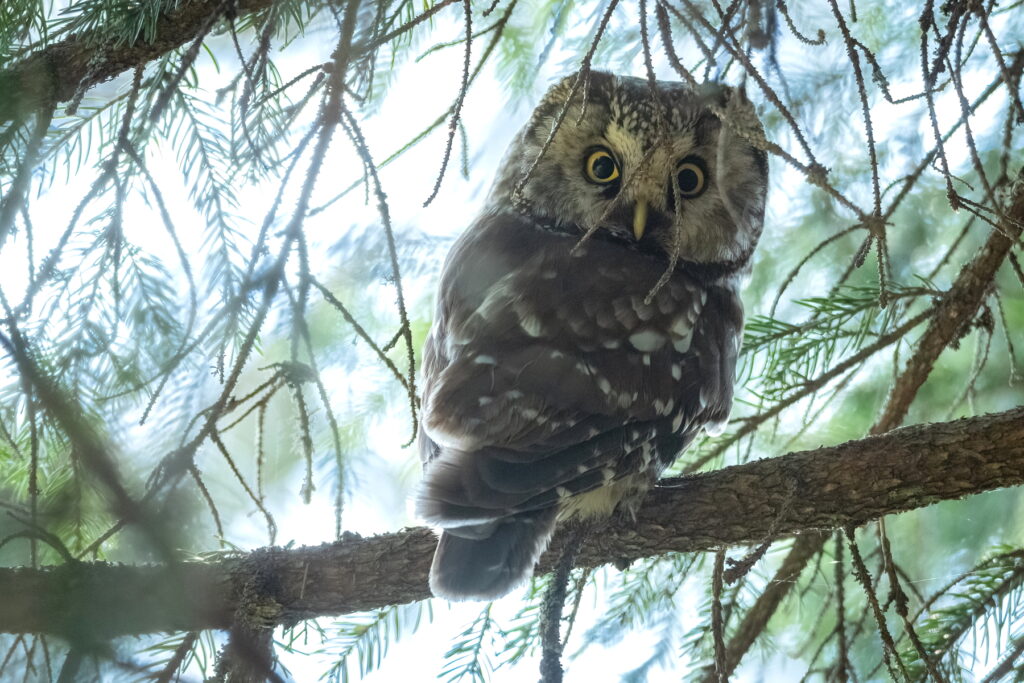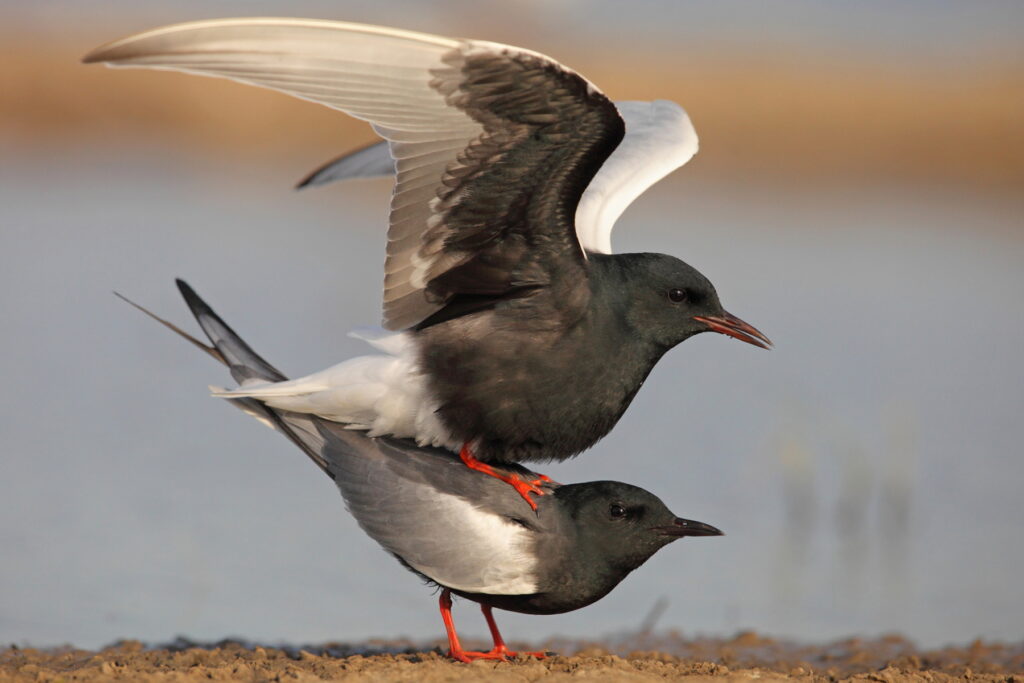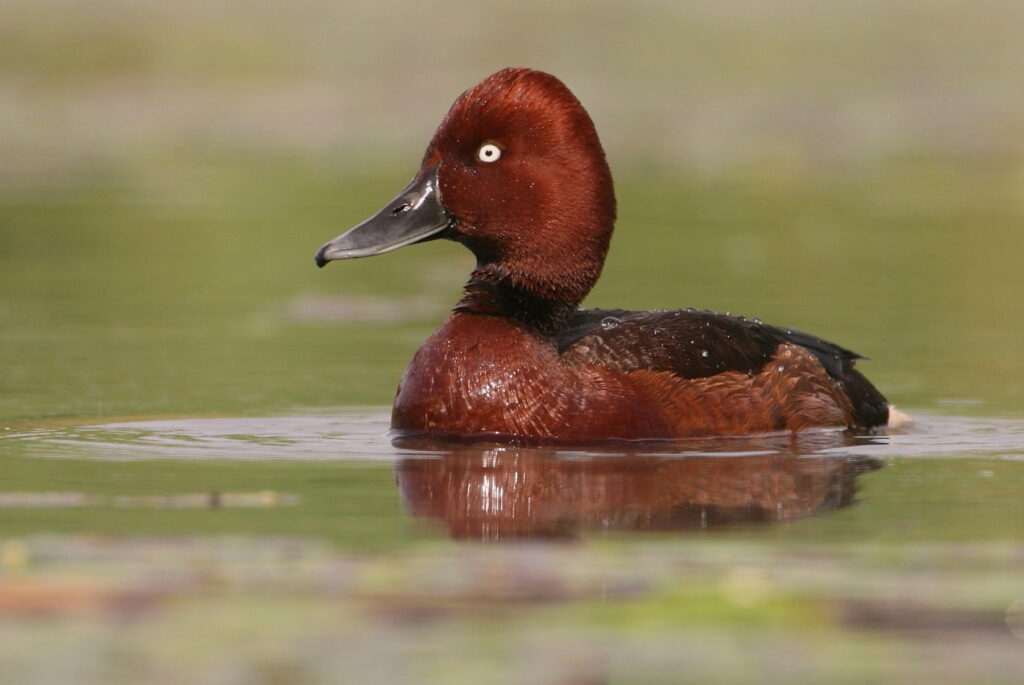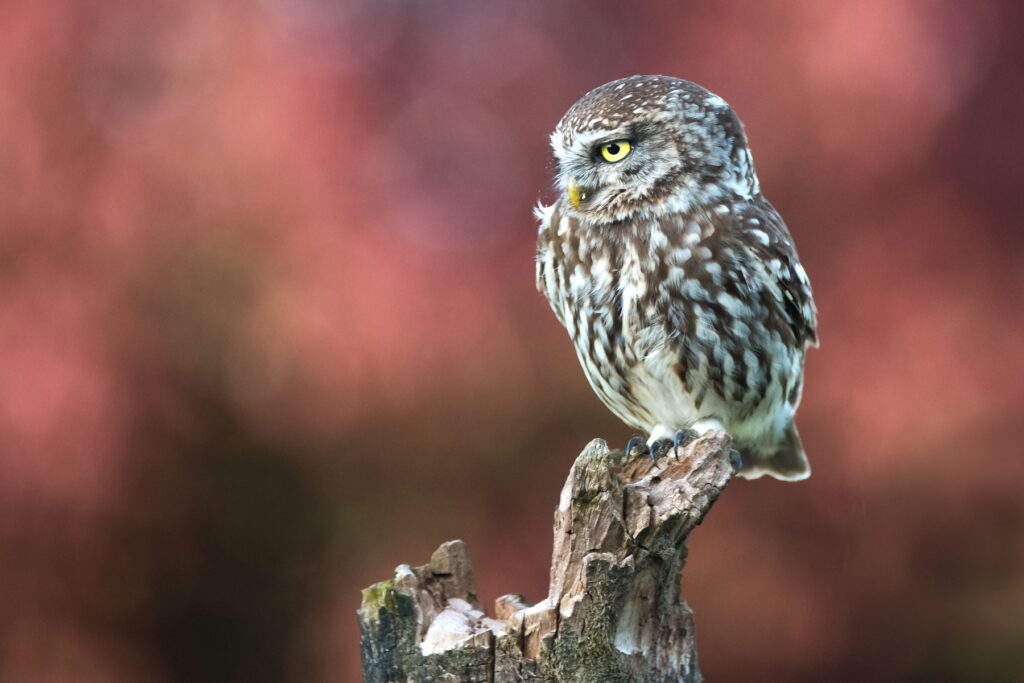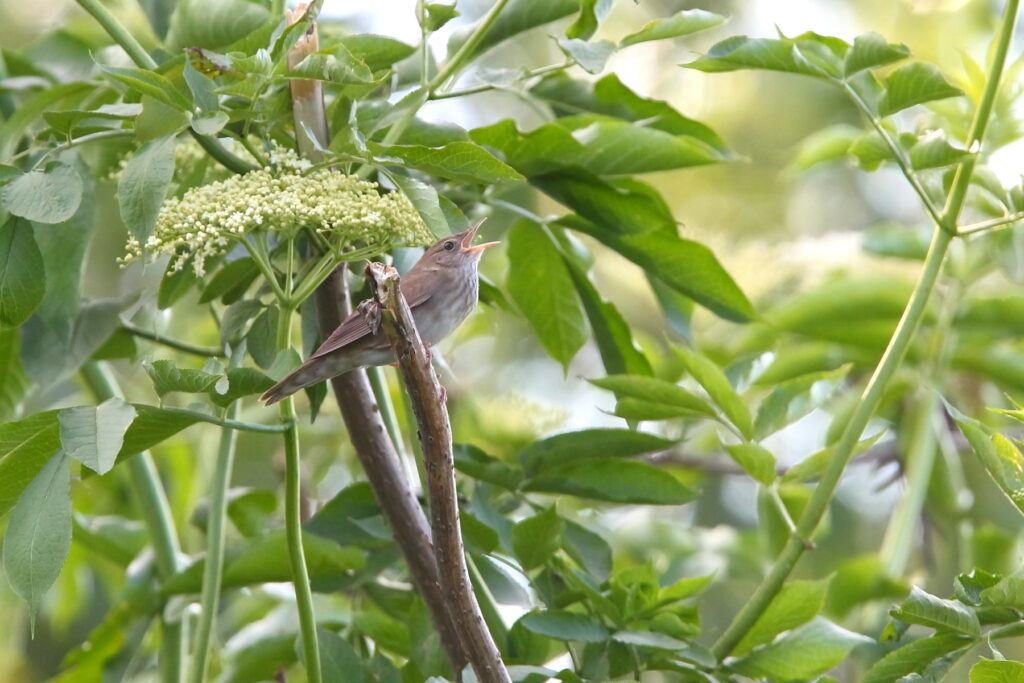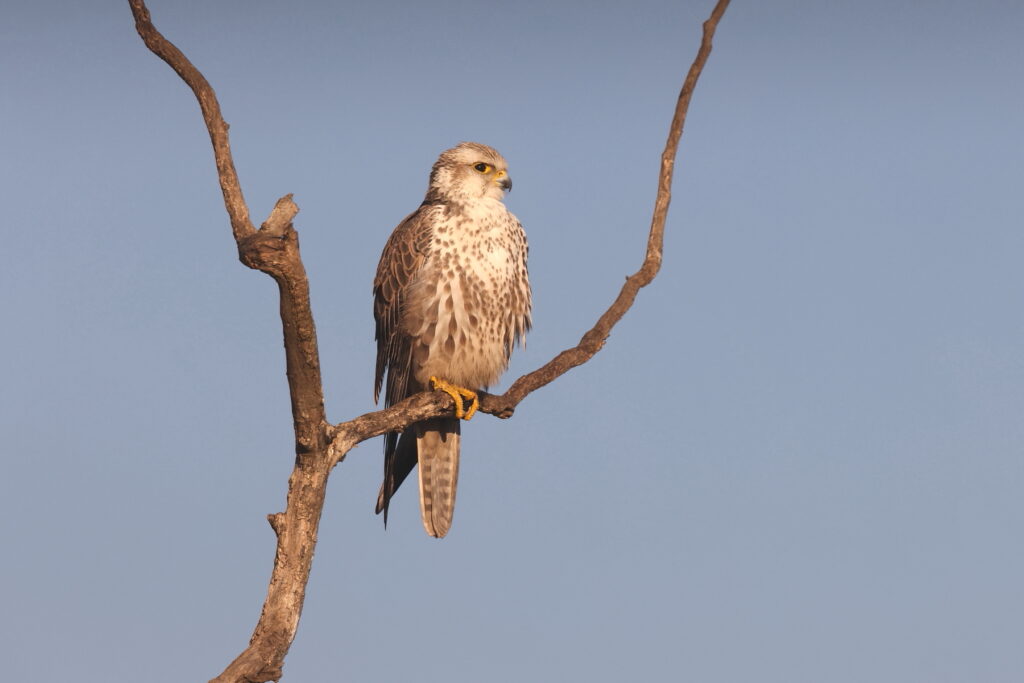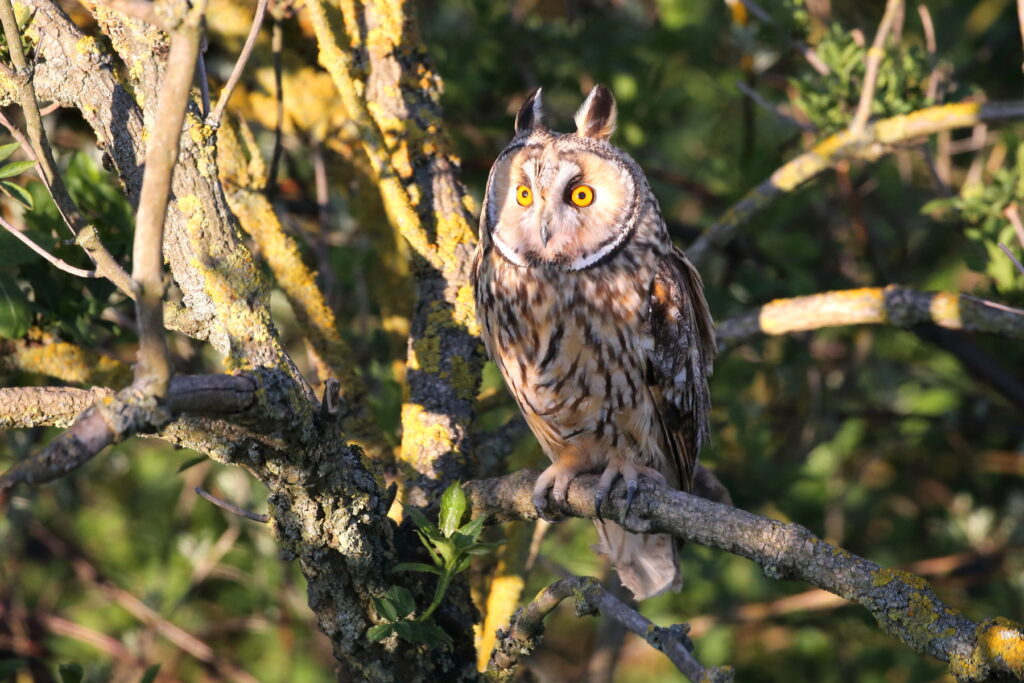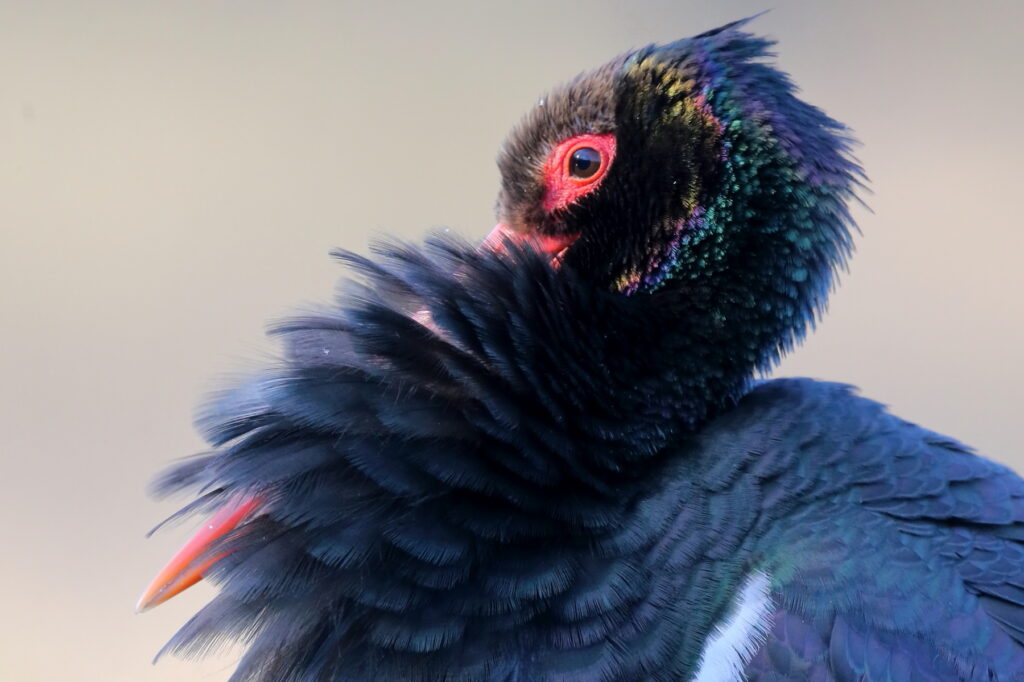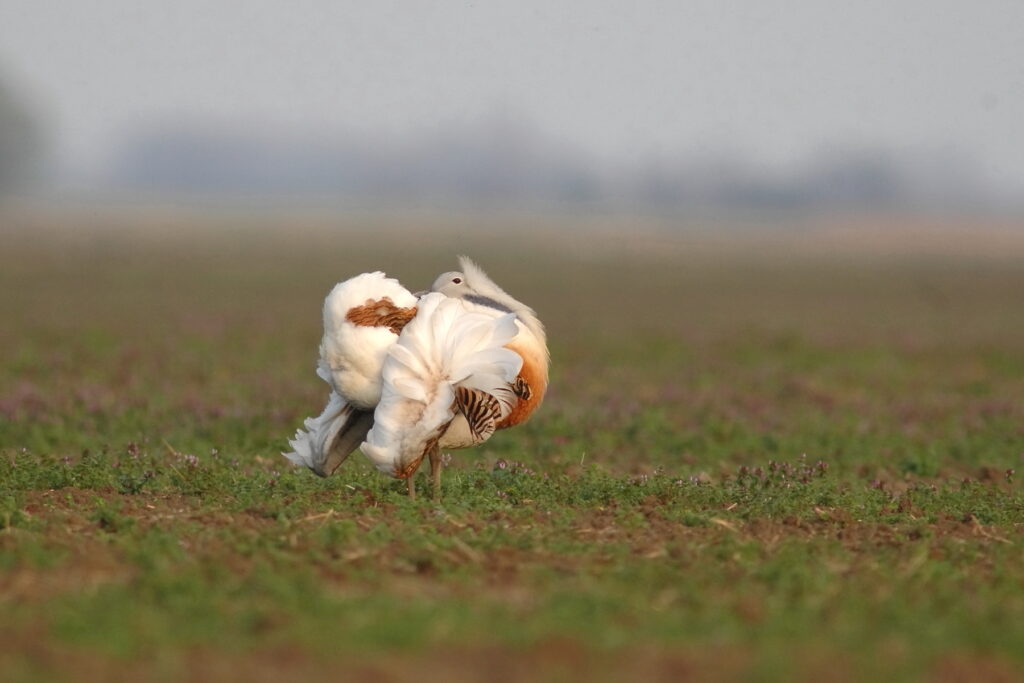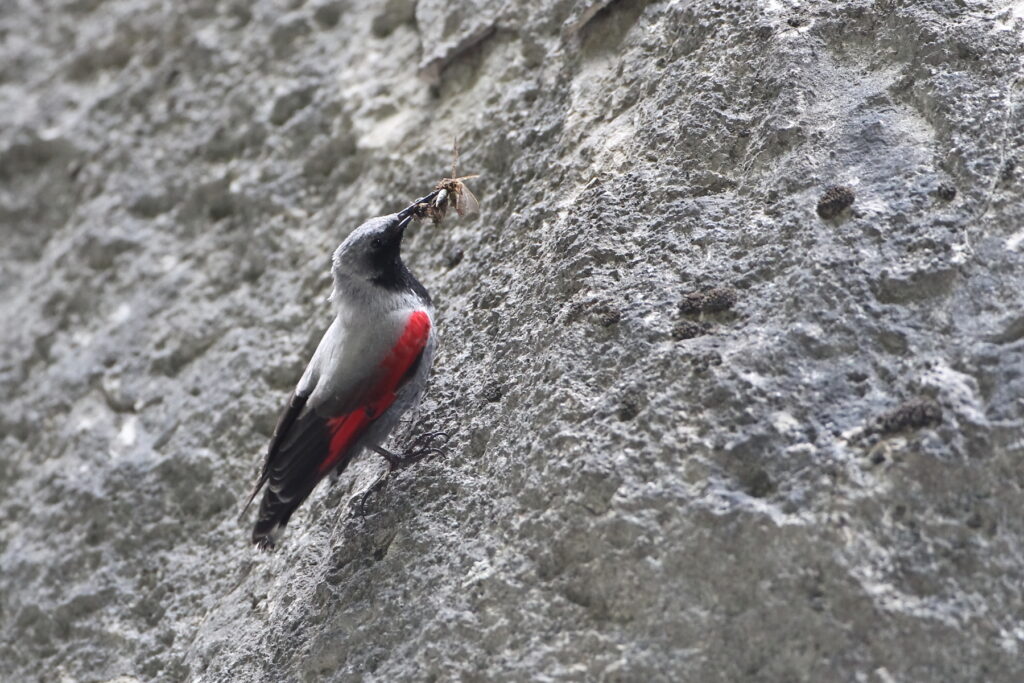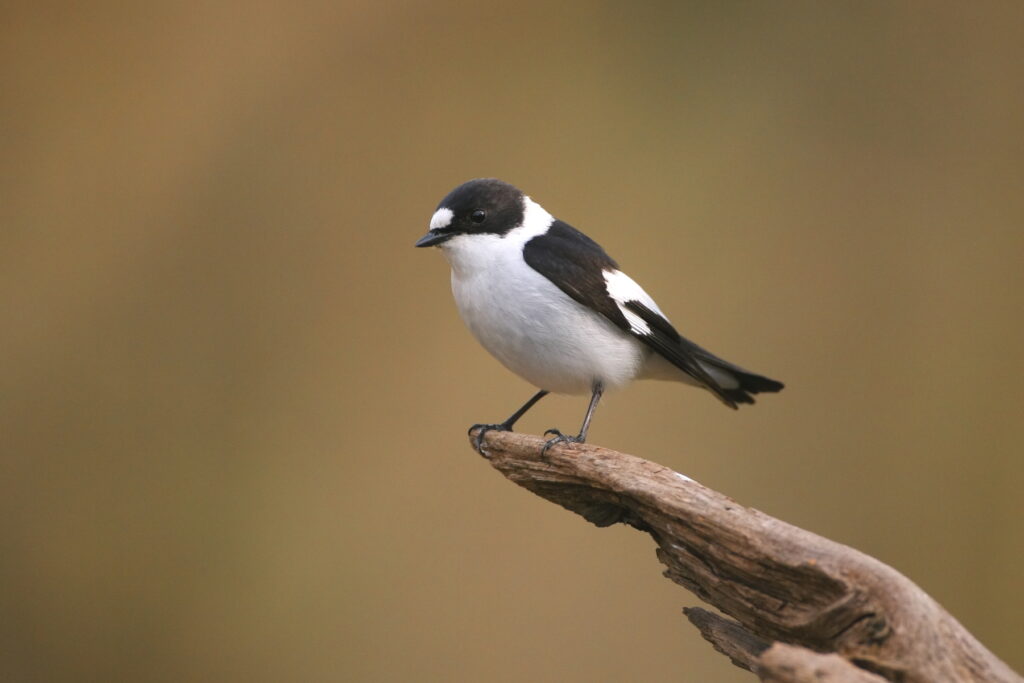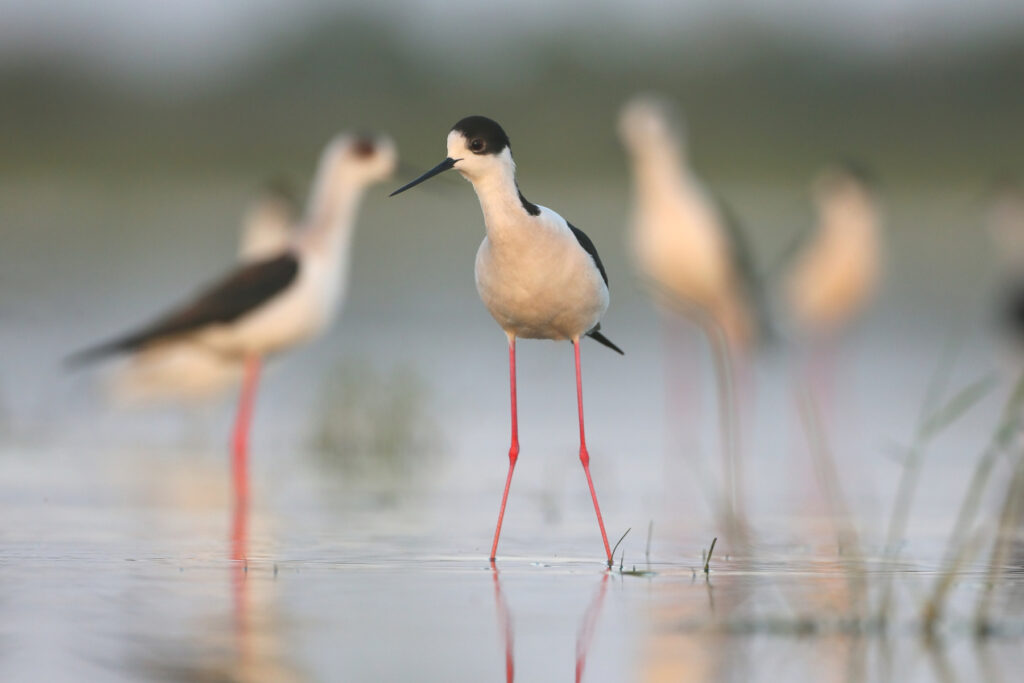Tour information
TOP TARGETS:
1) Ten species of woodpeckers
2) Displaying Great Bustards
3) Western Capercaillie
4) Little Crake & Corncrake
5) Chance for Great Snipe and Jack Snipe
6) Eastern Imperial & Lesser Spotted Eagle as well as Saker and Red-footed Falcons
7) Good selection of owls (7-10 species) including Ural, Pygmy, Scops and Tengmalm’s
8) Wallcreeper
9) Barred, Moustached, Marsh & River Warblers
10) Carpathian Brown Bear
Tour starting and ending time: It is important to book your flight according to the official starting and ending times of the tour! Our bus and guide will be waiting all participants in the Liszt Ferenc Airport at Budapest. Please make sure you can reach the starting point in time at 14:00 on the tour starting date! If you wish to arrive earlier to Budapest our office can help you to book accommodation and logistics. However if you arrive early you need to make your way to the airport for the meeting time. In some cases we can pick up clients from the nearby airport hotels (please check with our office). Also very important that the tour only ends at 17:00 on the last day so please do not book flights out of Budapest earlier than 19:00 on the last day!
The tour: Our longest tour transects the Carpathian Basin and takes you to all the important habitats of the region, with an emphasis on the breeding birds of the steppes and the Carpathian foothills and mountains. Raptors (Eastern Imperial, Golden and White-tailed Eagles, Long-legged Buzzard, Red-footed Falcon and Saker), owls (Eagle, Ural, Tawny, Long-eared, Scops, Pygmy and possibly Tengmalm’s), all ten European woodpecker species and a wide selection of warblers (Barred, Savi’s, River, Grasshopper, Moustached, Great Reed and Marsh) are the main focus of our tour. A great selection of other highlights includes: Pygmy Cormorant, Great Bustard, Capercaillie, Hazel Grouse, Little Crake, Corncrake, Collared Pratincole, Great Snipe, Alpine Swift, Wallcreeper, Sombre Tit, Bluethroat, Thrush Nightingale, Red-breasted and Collared Flycatchers, Lesser Grey, Great Grey and Red-backed Shrikes and Ortolan and Rock Buntings. We will also try to see the magnificent Carpathian Brown Bear in its wild and natural habitat.
Locations to be visited: Kiksunság National Park (1 nt), Zemplén Forest Reserve with the World Heritage Tokaj Wine Region (2nts), World Heritage Hortobágy National Park (3nts), Torockó Hills (1nt) and Hargita Mountain and Békás (Bicaz) Gorge (3nts).
Group Size: The tour is a guaranteed departure from 3 participants upwards with a maximum group size of 7 participants plus Sakertours leader. We plan our tours with small group size which offers better experience!
Bear watching: We will visit hides in the forest where we have a good chance to see this shy mammal.
Accommodation: Comfortable rural accommodation with great birding right outside our hotels in the Kiskunság area (1 nt), Zemplén area (2 nts), Hortobágy area (3 nts), Torockó Valley (Székelykő, 1nt) and Székelyudvarhely area (Hargita Mountain, 3nts). All rooms are en suite.
Meals: All are included in the price. Breakfast and dinner is usually at the hotels. Lunches will usually be picnics or sandwiches in the field, but we will also have some sit down lunches as we go along. We supply bottled water.
Walking: In the Hortobágy, easy walks over flat terrain. In the Zemplén and Transylvania our walks are typically shorter, mostly along forest trails with some slopes but all taken at a gentle pace. A few optional longer walks are also possible. Sturdy waterproof walking shoes are recommended. May weather can be mixed especially in the mountains, so pack waterproof walking boots and over trousers, just in case.
Travel: Budapest to Budapest. The type of vehicle for ground Transport depends on the number of participants. Car for up to three persons and coach/minibus for four persons and above.
Expected bird list: 210-230 species
Price and Date
| Tour date: | May 9 ‒ May 19, 2026 |
Guaranteed departure | |
| Price from: | 2230 €/person |
| Deposit: | 400 €/person |
| Single room suplement: | 300 €/person |
| Availability: | Places available |
|
BookingGuaranteed departure
|
|
Booking deposit: As soon as you fill out a booking form we will send you a deposit invoice and information of the final payment.
Cost includes:
- Budapest-to-Budapest all-inclusive
- All transportation throughout the tour
- All meals
- All accommodation
- All entrance fees
- Local guides
Cost excludes:
- International flight to Budapest
- Personal Travel Insurance
- Alcoholic drinks
- Services of personal nature (telephone calls, laundry etc.)
- Tips to guides
Trip reports
Detailed Itinerary
Day 1. Our will start in Budapest airport and we drive to the nearby Kiskunság National Park where we will start birding this afternoon and hopefully witness the display of the magnificent Great Bustard.One night in the Kiskunság area.
Day 2. We will have all morning in the Kiskunság National Park where we will be looking for a wide variety of species. After this action-packed and bird-filled morning we will drive to our hotel in the heart of the Zemplén Hills. The journey is around three hours and we will arrive in time for the afternoon birding in the superb woodlands and wetlands. Zemplén is a quiet and forested landscape, the foothills of the Carpathians. The wonderful mosaic of small rounded peaks, forested slopes, beautiful valleys and rivers meandering through a countryside dotted with tiny villages and castles, creates an atmosphere of peace and tranquillity. Oak and beech woods cloak the northern slopes, coniferous forests cover the tops, and the vineyards of the famous Tokaj wine stretch away out to the south. Dramatic Carpathian castles are a feature of the area and represent a transition between the medieval fortresses and the later baroque castles. Two nights in the Zemplén Hills.
Day 3. In the protected tranquil old forests of the Zemplén valleys lives the surprisingly small-eyed and long-tailed Ural Owl. We can often only see this perfectly camouflaged bird when our guide puts the telescope on an owl sitting quietly in the dense canopy. We can often examine the impressive bird in daylight for as long as we want. However, there are many more birds around. Black, Lesser Spotted, Middle Spotted, Great Spotted, White-backed and Grey-headed Woodpeckers are all also here in these forests and Green and Syrian Woodpeckers can be found near the settlements. In the abandoned small and middle sized holes Collared Flycatchers have already started nesting and Hawfinches are around the clearings. At the end of the day, coming back from the forest to the hotel we stop at the floodplain meadows of River Bodrog where the first Corncrakes have already started to call and the Barred Warblers and River Warblers are in full song. We will also visit an abandoned quarry to look for the Eurasian Eagle Owl. Common Nightingale is particularly numerous in the area and Bee-eaters are already nesting in the quarry’s steep clay walls. Raptors are also abundant in the area and include Lesser Spotted, Short-toed and Eastern Imperial Eagles as well as Honey Buzzard. On our final evening we will visit a cellar in the Tokaj World Heritage Area and taste the famous white wine of the same name, frequently called the ‘wine of kings’ or the ‘king of wines’.
Day 4. After some more birding in the Zemplén Hills we will drive to the famous Hortobágy National Park this afternoon. The steppes of this World Heritage area represent the western fringes of the Asian ‘artemisia’ steppes and thus are unique in Europe. We shall arrive in time to visit the displaying area of the magnificent Great Bustard. Seeing one of these regal birds in the full ’foam bath’ display in certainly a trip highlight! Two nights in the Hortobágy area.
Day 5. Today is our full day birding in the Hortobágy National Park! This grassland area has several vast fishpond complexes as well as permanent and temporary marshes and is one of the greatest birding Meccas in Europe. First we will visit a breeding site of the magnificent Red-footed Falcon, a very special raptor as it breeds in colonies. Naturally these colonies are in rookeries as the falcons use the rooks’ abandoned nests. Recently with the help of artifical nest boxes the population is happily on the increase. Another main target for the day is the national bird of Hungary, the mighty Saker Falcon. Several pairs breeds in the Hortobágy area and we will make sure to track down this amazing raptor. We will also visit several wetlands. The reeds are alive with birdsong at this time of the year! Great Reed, Savi’s and Marsh Warblers are common and even the secretive Moustached Warbler can be found here. Great White Egrets and Spoonbills, Little Egrets, Purple Herons, Night Herons, Squacco Herons, Bittern, Little Bittern and the Glossy Ibis also all inhabit the reed beds. In the noisy cormorant colony we can observe the Pygmy Cormorant, which now numbers over 300 breeding pairs. All three marsh tern species are possible at this time of the year, even if the nomadic White-winged Terns happen not to be breeding. There are great flocks of migratory birds on the drained and freshly exposed mudflats and it is an exciting time to look for rarities among the myriads of waterbirds roosting and feeding here. The huge feeding flocks are frequently disturbed by raptors such as White-tailed Eagle, Peregrine or Saker. While exploring the various wetlands we will certainly see Bearded and Penduline Tits and singing Bluethroats are also common. Our midday lunch in a restaurant is always a nice way to find some shade from the strong sun for an hour or so. Sandpits nearby hold a few special breeding birds like Sand Martins and Bee-eaters while Hoopoe and Roller are also relatively common. We visit some other fishponds alive with shorebirds, ducks, terns, egrets, herons and we will search here for Black-necked and Red-necked Grebes as well as Ferruginous Duck. Hungarian Grey Long-horned Cattle and the strange Racka Sheep with their long twisted horns can be seen on the grasslands, recalling the atmosphere of the Asian steppe. In this southern part of the national park breeding Montagu’s Harrier can be seen and with luck the scarce Stone Curlew can also be located, which is an obligate breeder of the bare natron soil habitat. After this action-packed day we will easily fall in sleep. At the end of the tour we will return to this area for a little more birding and catch up with some birds we missed or arrive late!
Day 6. We will travel east into Romania today. Our birding will start in the Bihar area where we will visit a reservoir, which often has many interesting migrants this time of the year, notably Red-necked and Black-necked Grebes, Ferruginous Ducks and all three species of marsh terns. White-winged Terns are in full breeding plumage now and are a fabulous spectacle whilst hawking for insects. In this area we will also seek out the localised Ortolan Bunting and even have a chance to connect with the rapidly declining Grey Partridge. In the afternoon we will arrive in the tiny village of Torockó at the foot of the Székelykő Mountain – a truly spectacular limestone valley in Transylvania. If time permits we will start to explore this lovely area. Our main targets in this area include Golden Eagle, Honey Buzzard, Corncrake, Alpine Swift, Craig Martin, Great Grey Shrike, the declining Rufous-tailed Rock-Thrush, Woodlark, Whinchat and both Ortolan and Rock Buntings. If we are lucky we may also find some of the more rare inhabitants of the area such as Sombre Tit and Red-rumped Swallow. In the evening we will search for Eurasian Scops Owl before we enjoy the hospitality of our traditional style hotel. One night in the Torockó Valley near Rimetea.
Day 7. After an early morning birding in the Torockó area we will drive further east towards the higher mountains of Transylvania. Along the way we will stop in a superb beech woodland if we still need to catch up with any woodpeckers as well as visit the birth place of Vlad Tepes alias Dracula in the lovely town of Segesvár (Sighisora). We arrive to Székelyudvarhely and in the afternoon and we will look for Thrush Nightingale. If time allows we might visit the Szentpál Fishponds, another great birding area. Three nights near Odorheiu Secuiesc (Székelyudvarhely).
Day 8-9. Over the course of the next two days we will explore a variety of habitats in this area. We will visit the Hargita and Görgényi Mountains and also visit the truly spectacular Bicaz Gorge (Békás). In the higher elevation coniferous forests we will look for the elusive Western Capercaillie and also for Eurasian Three-toed Woodpecker if we have not seen it before in Slovakia. We bird along the roads and clearings of the Carpathian pine forests where Water Pipit, Ring Ouzel, Nutcracker, Crested Tit and Firecrest are all common. We also have more chances of Ural, Pygmy and Tengmalm’s Owls especially if our early spring scouting reveal some occupied territories! Another star attraction is Red-breasted Flycatcher and we will make a special effort to find this diminutive canopy-dwelling flycatcher. There are also orchid meadows and rich butterfly communities on the edge of these higher elevation forests. In the afternoon we will also visit our Brown Bear hides and hope to see this remarkable mammal of the coniferous forests of the Carpathians. On our second day we will drive to the famous Békás Gorge (Bicaz) to search for the butterfly-like Wallcreeper. Sometimes it is not easy to find them on the huge surfaces of the limestone walls but with patience we will succeed. After this long excursion with a packed lunch we will return in time to visit another Brown Bear hide if we did not see them the previous day.
Day 10. We begin our return journey across Transylvania taking a different route – the fastest way back to Hungary. It is a travel day but depending on our missing targets we may stop at some locations on the way. In the late afternoon if time allows we will also visit a superb wetland area just south of the Hortobágy in the Bihar region before reaching our final destination in Nádudvar. One night in Nádudvar.
Day 11. On our last morning we will target any birds we still need but most probably some late arriving birds like the Lesser Grey Shrikes or Marsh Warbler. By this time Red-backed Shrikes should be everywhere. On the way to Budapest we will also visit some freshly flooded paddy fields where we hoping to see the superb Collared Pratincole which is rapidly declining wader species in Europe. Later we make our way to Budapest airport for a late afternoon departure back to home.

